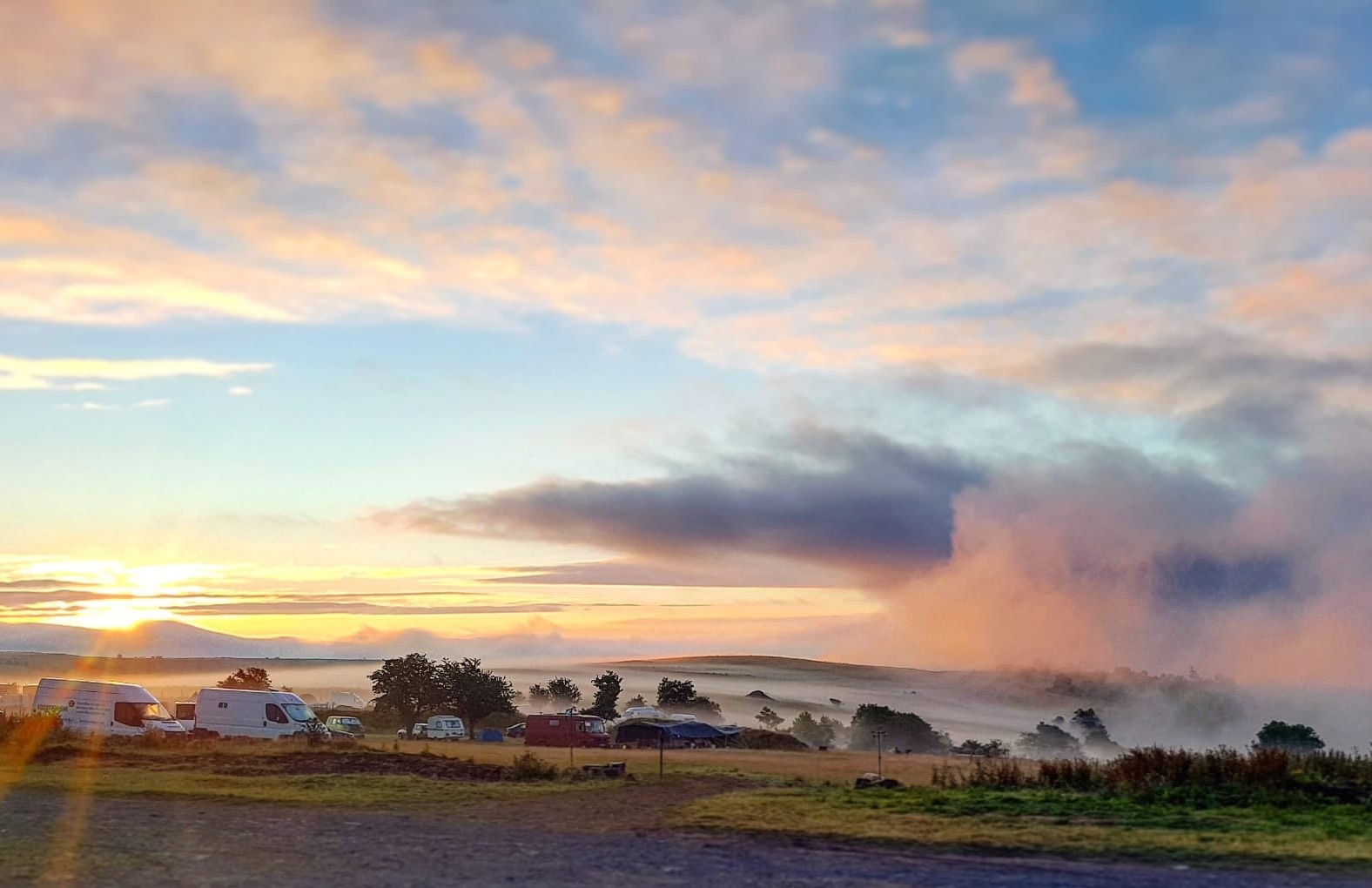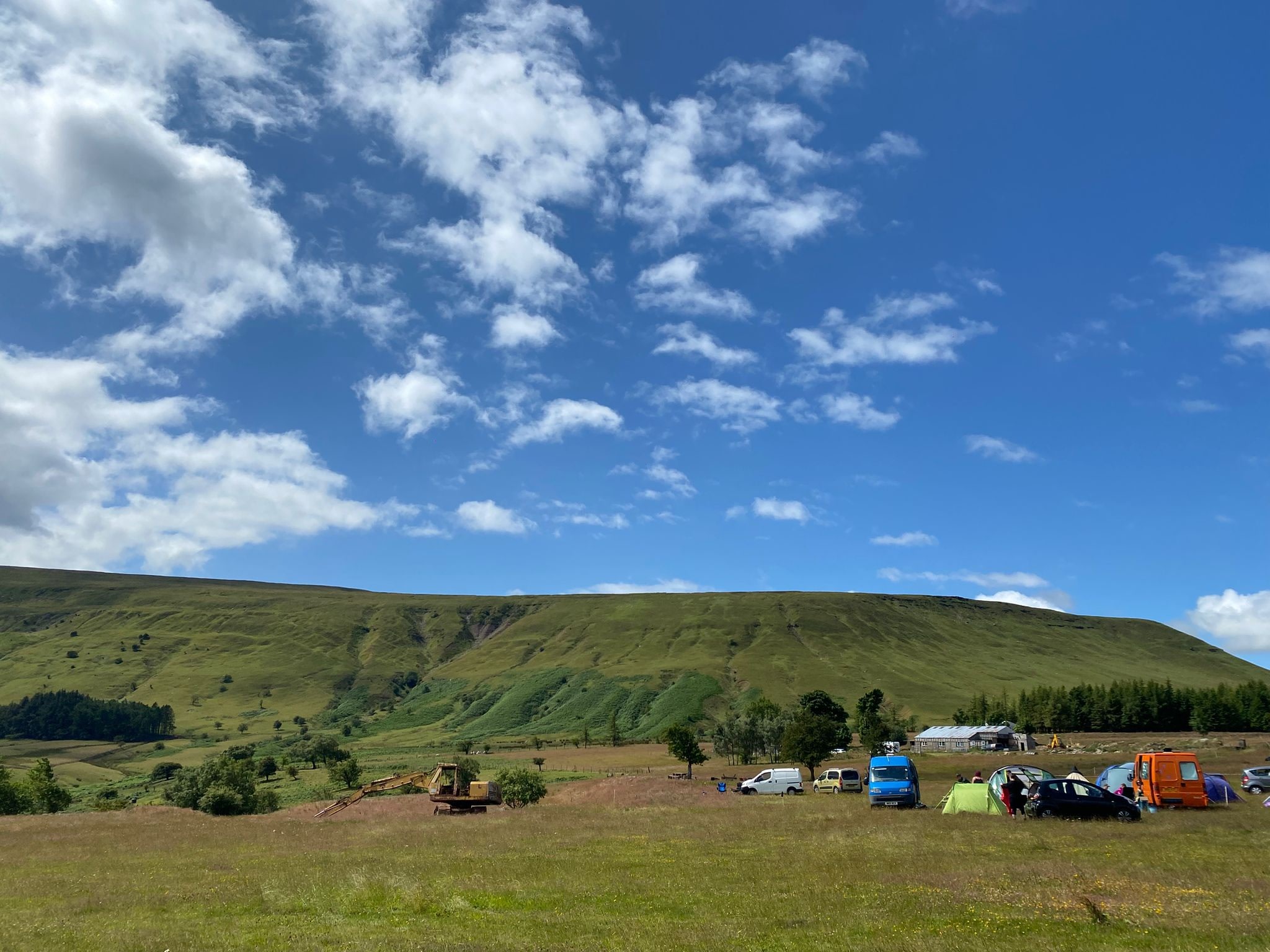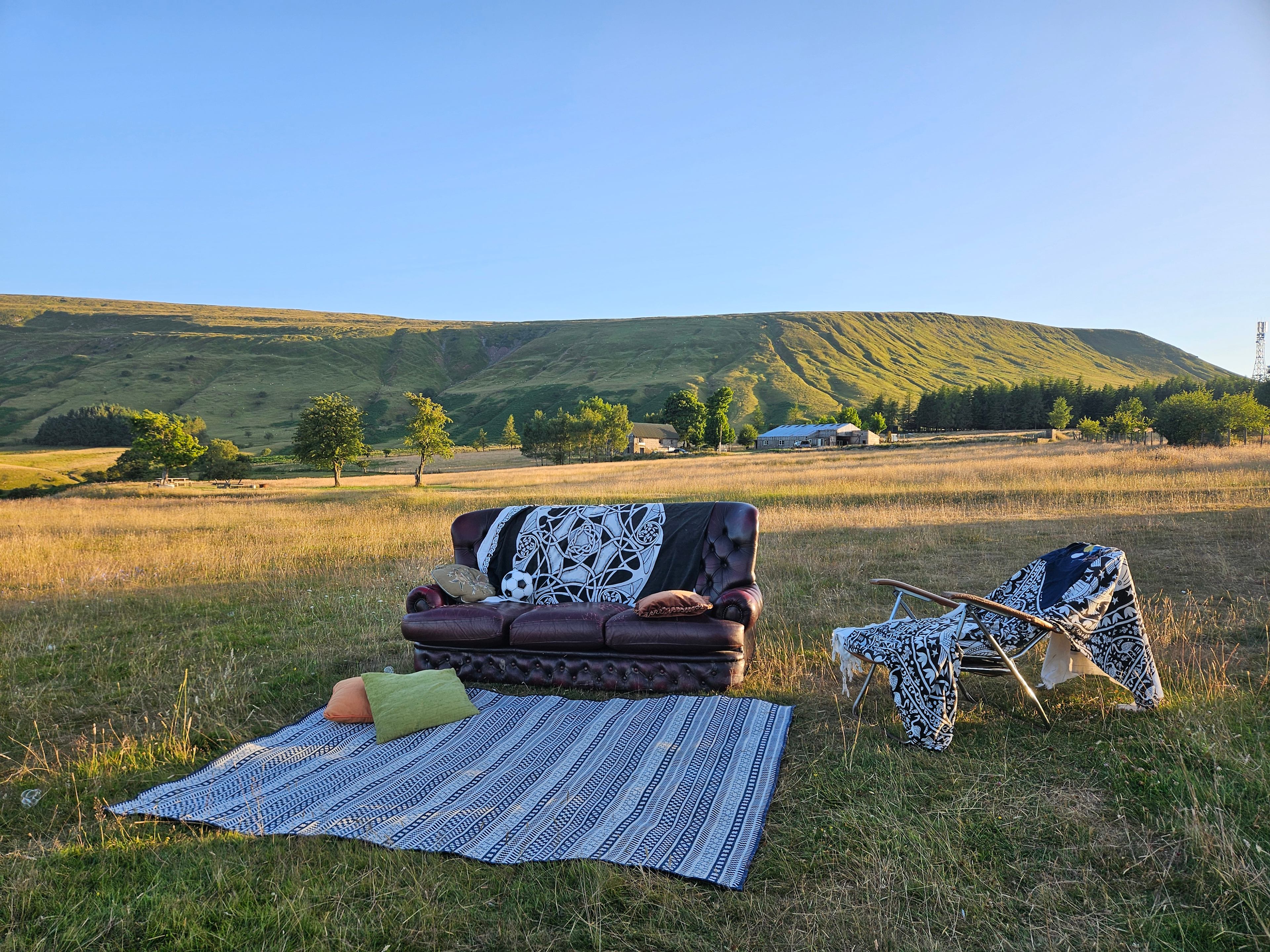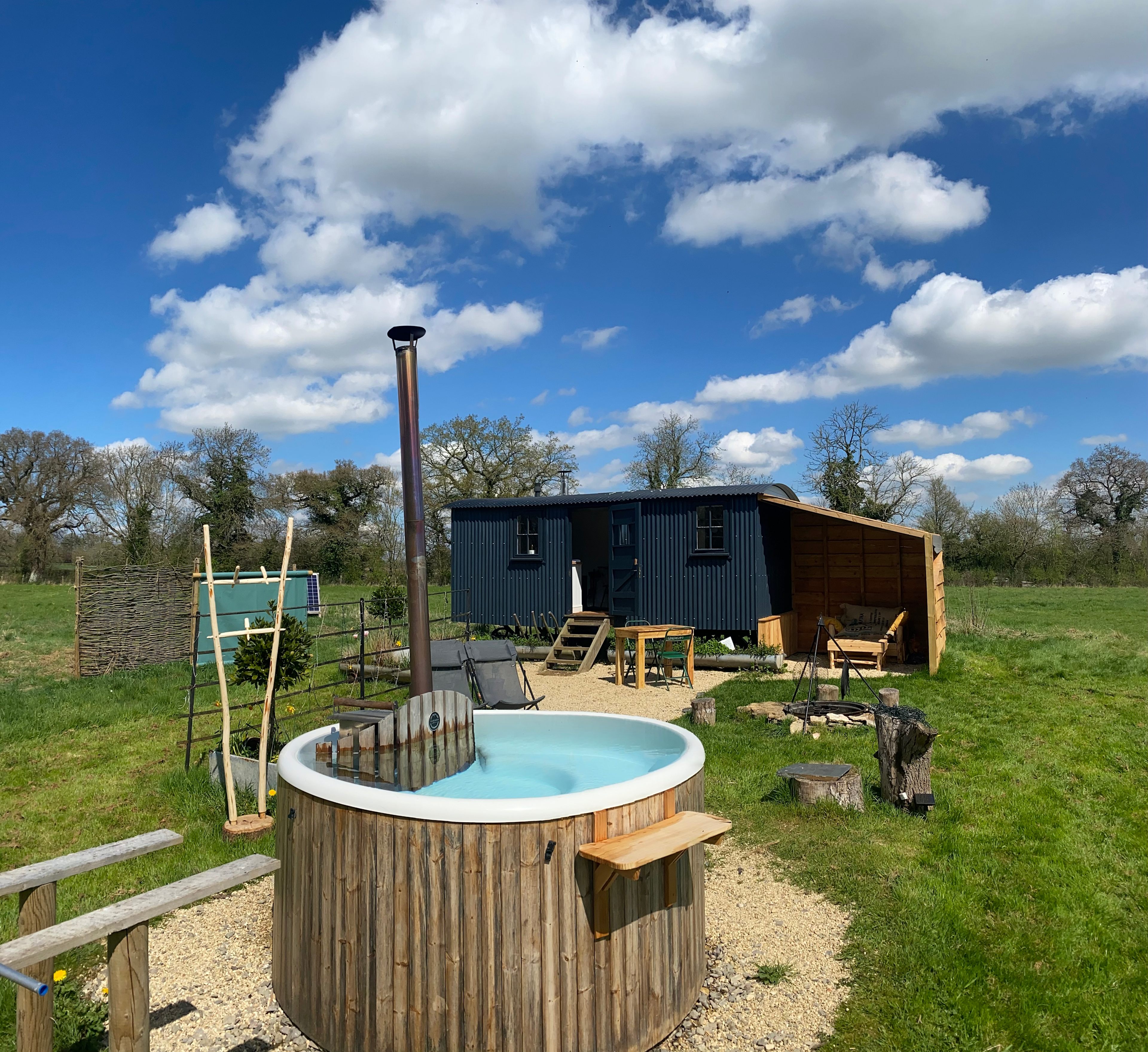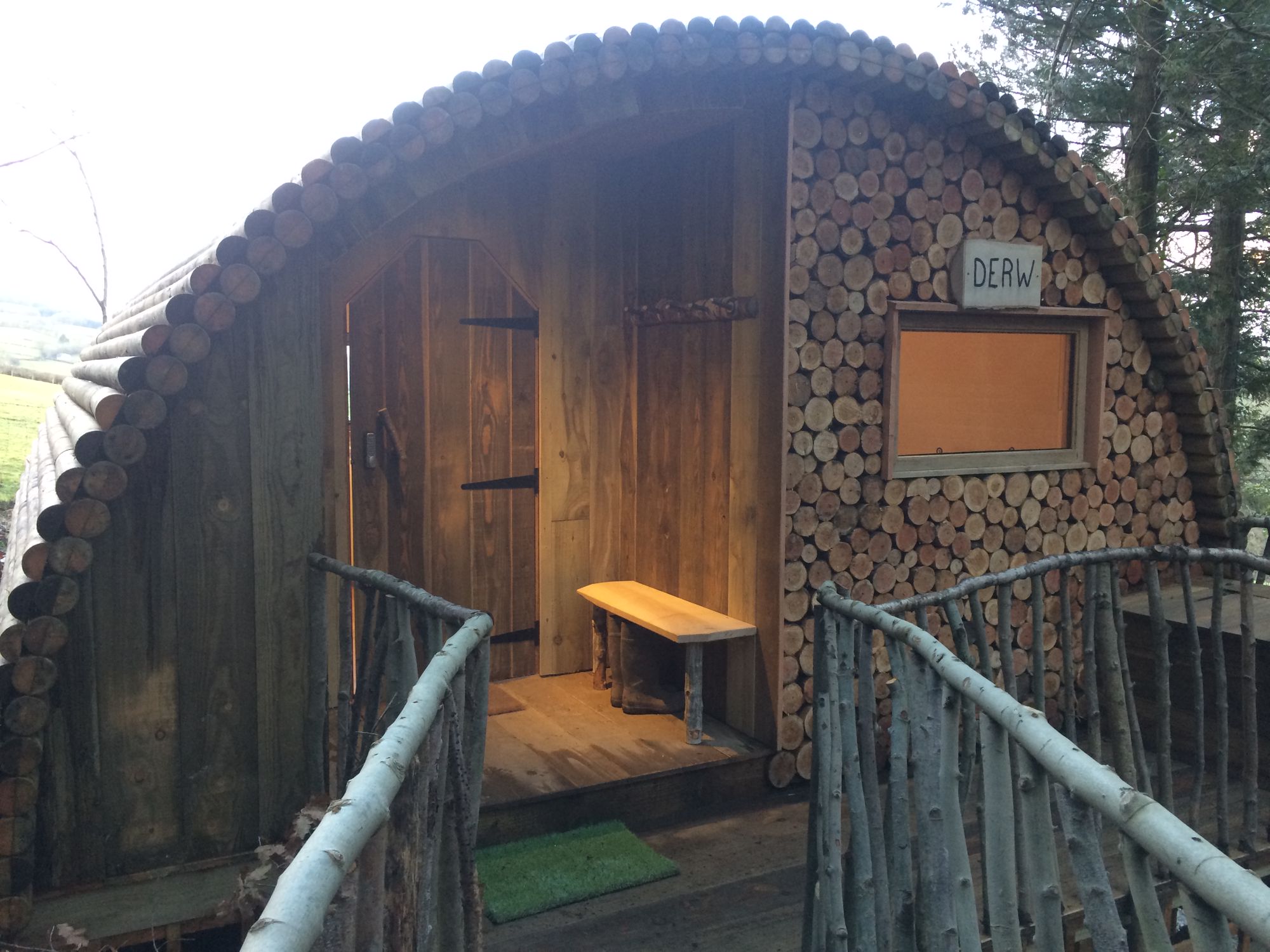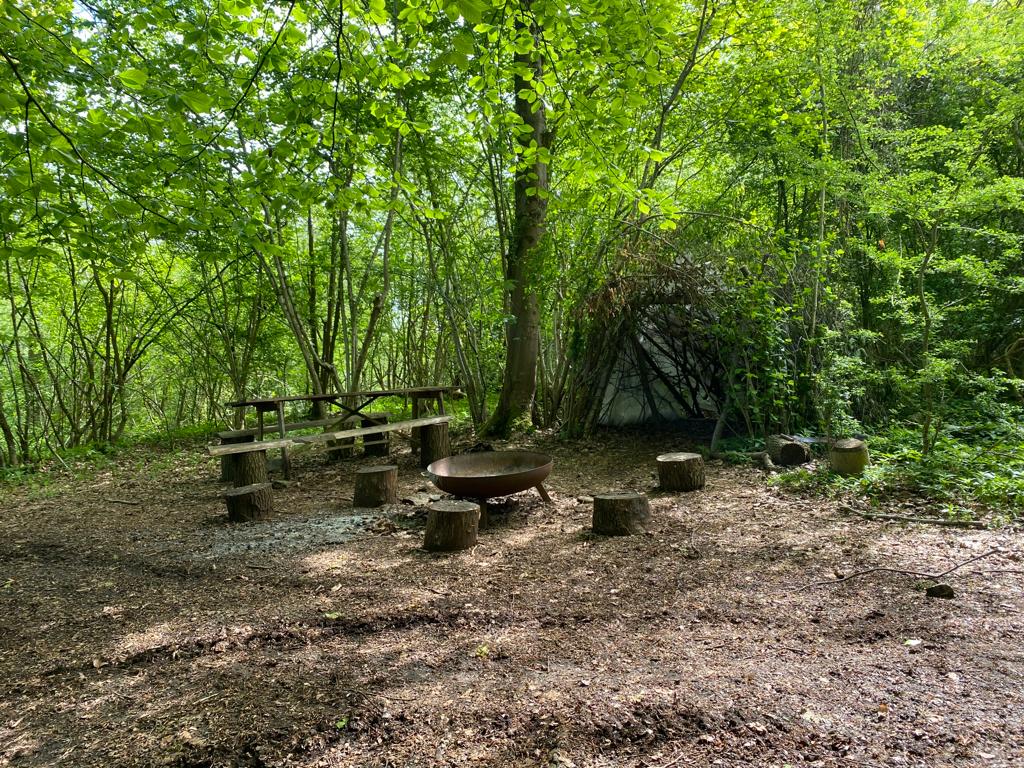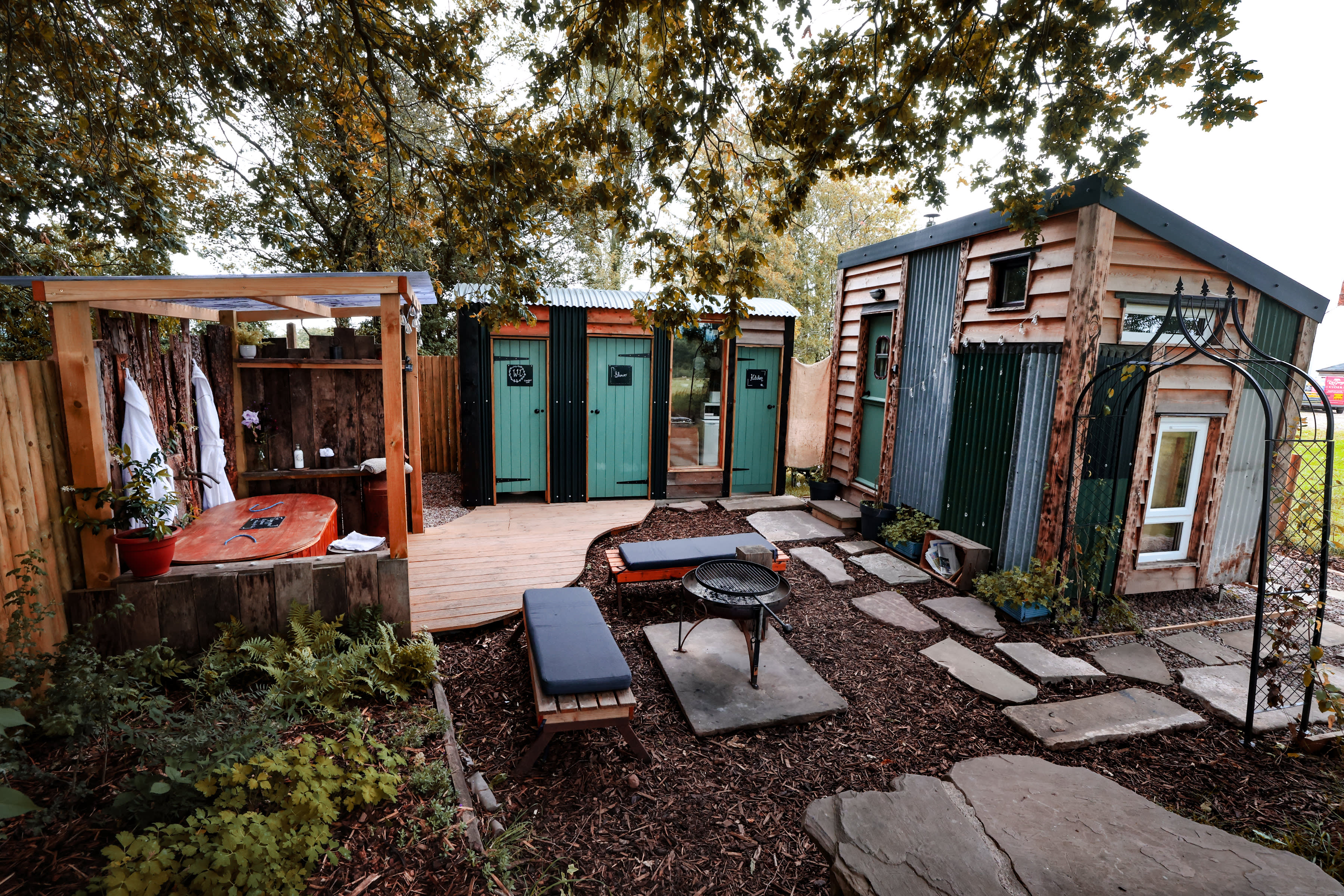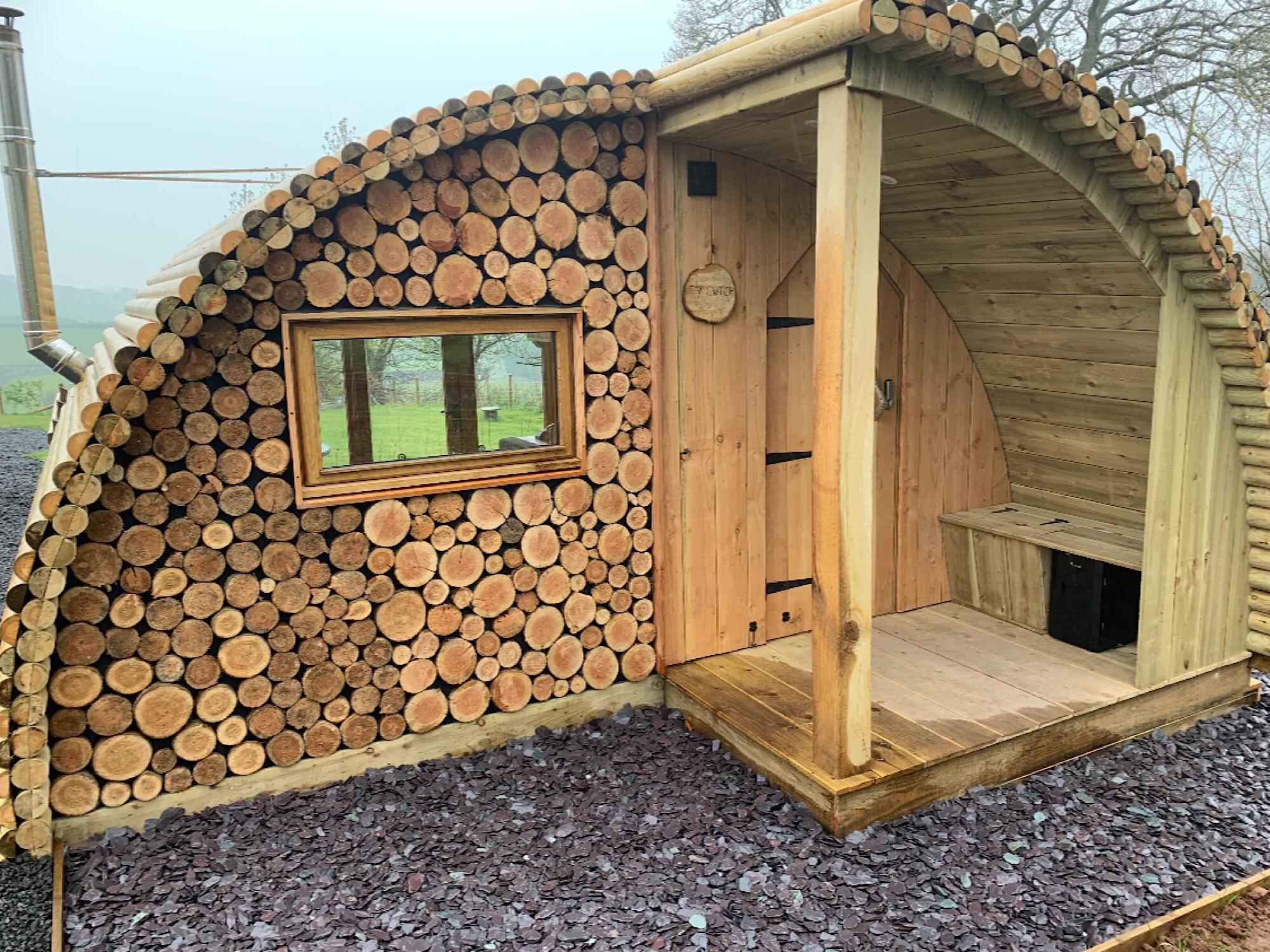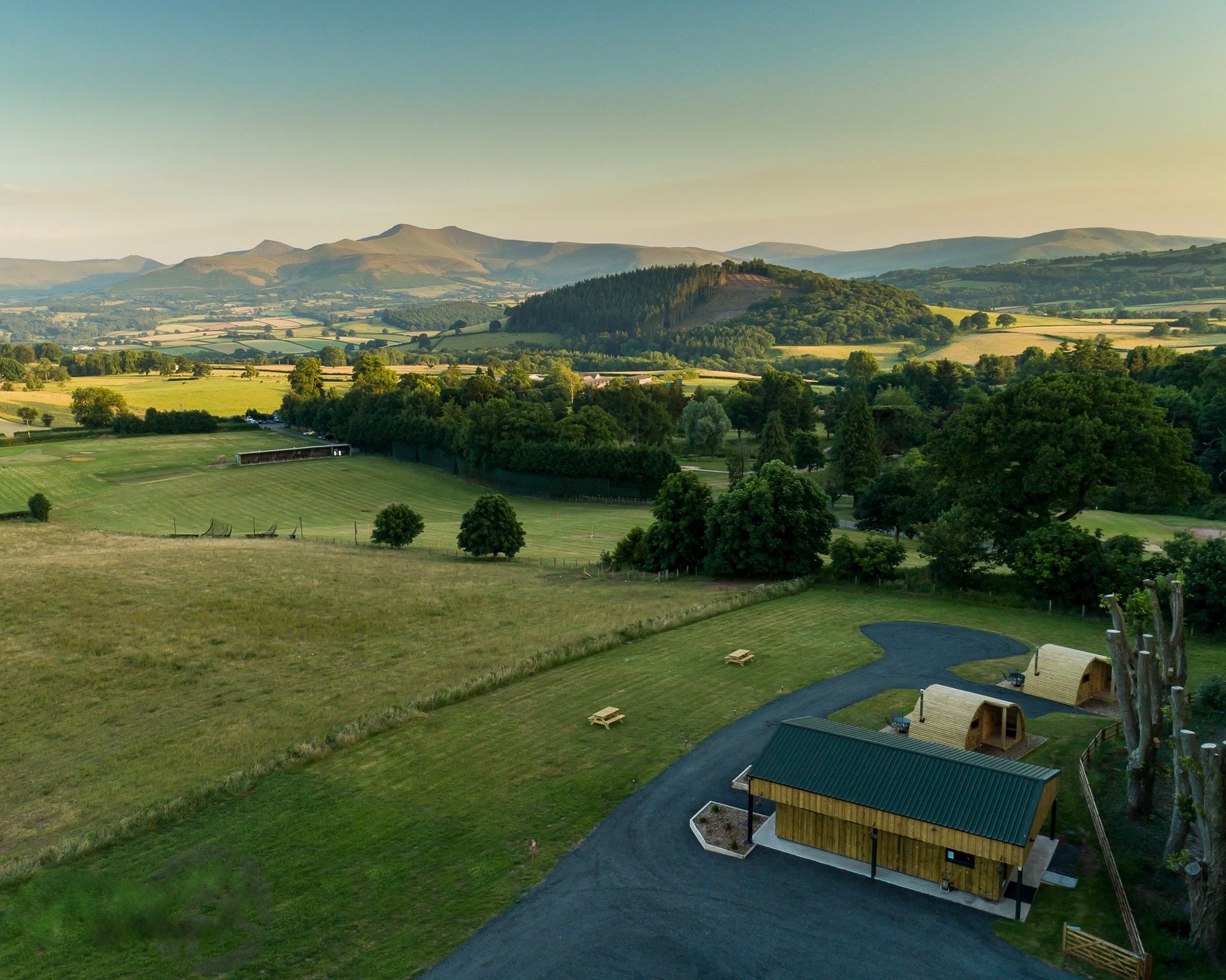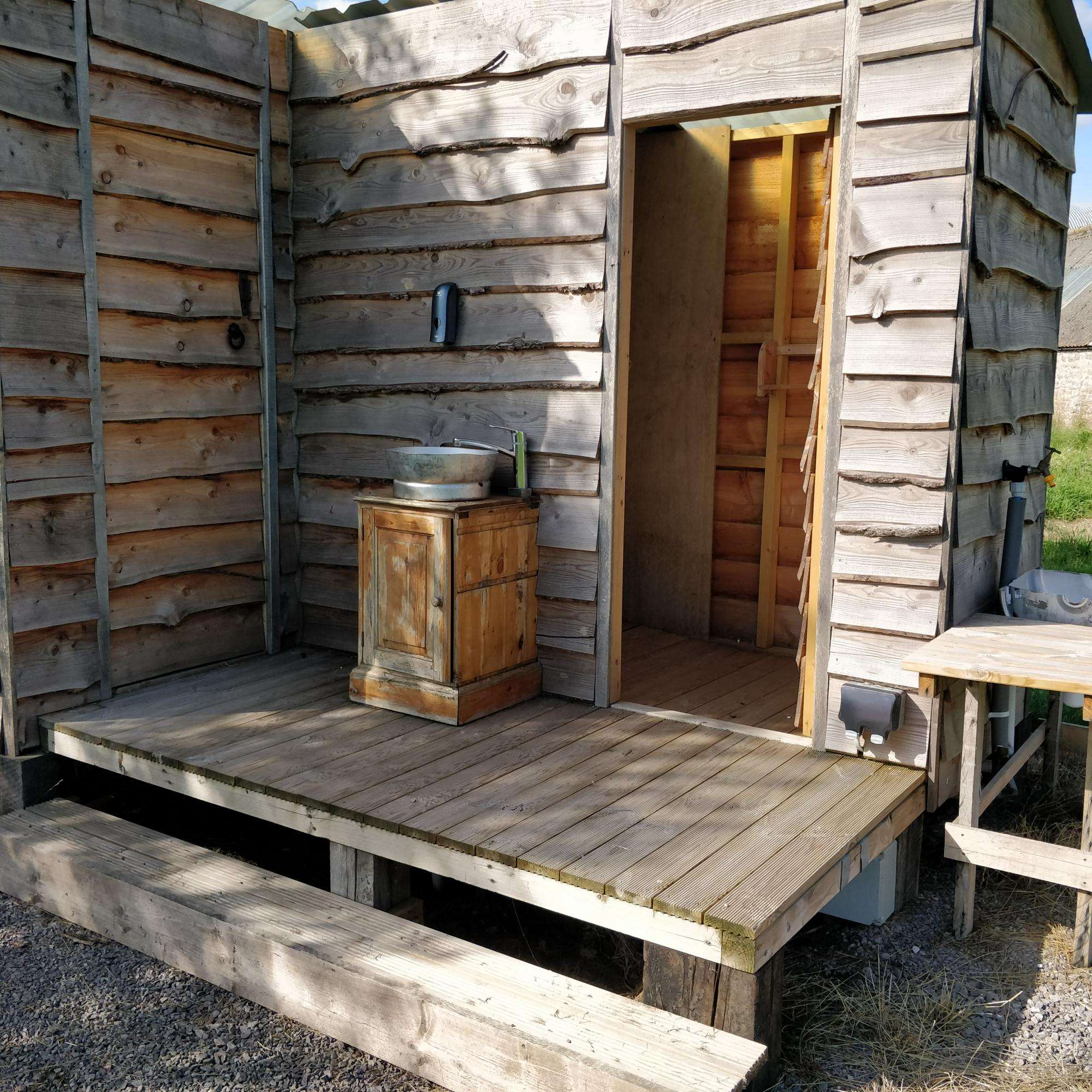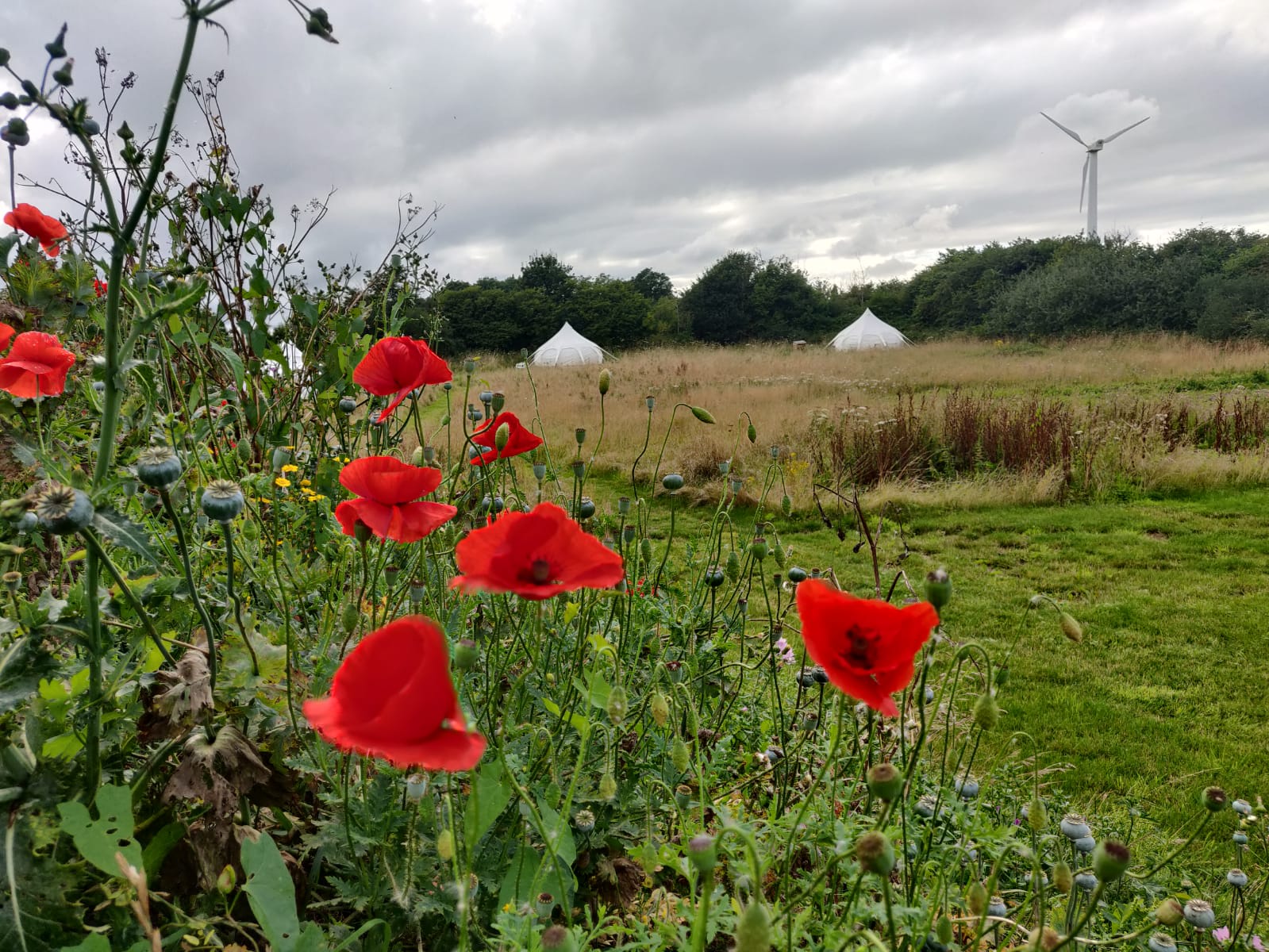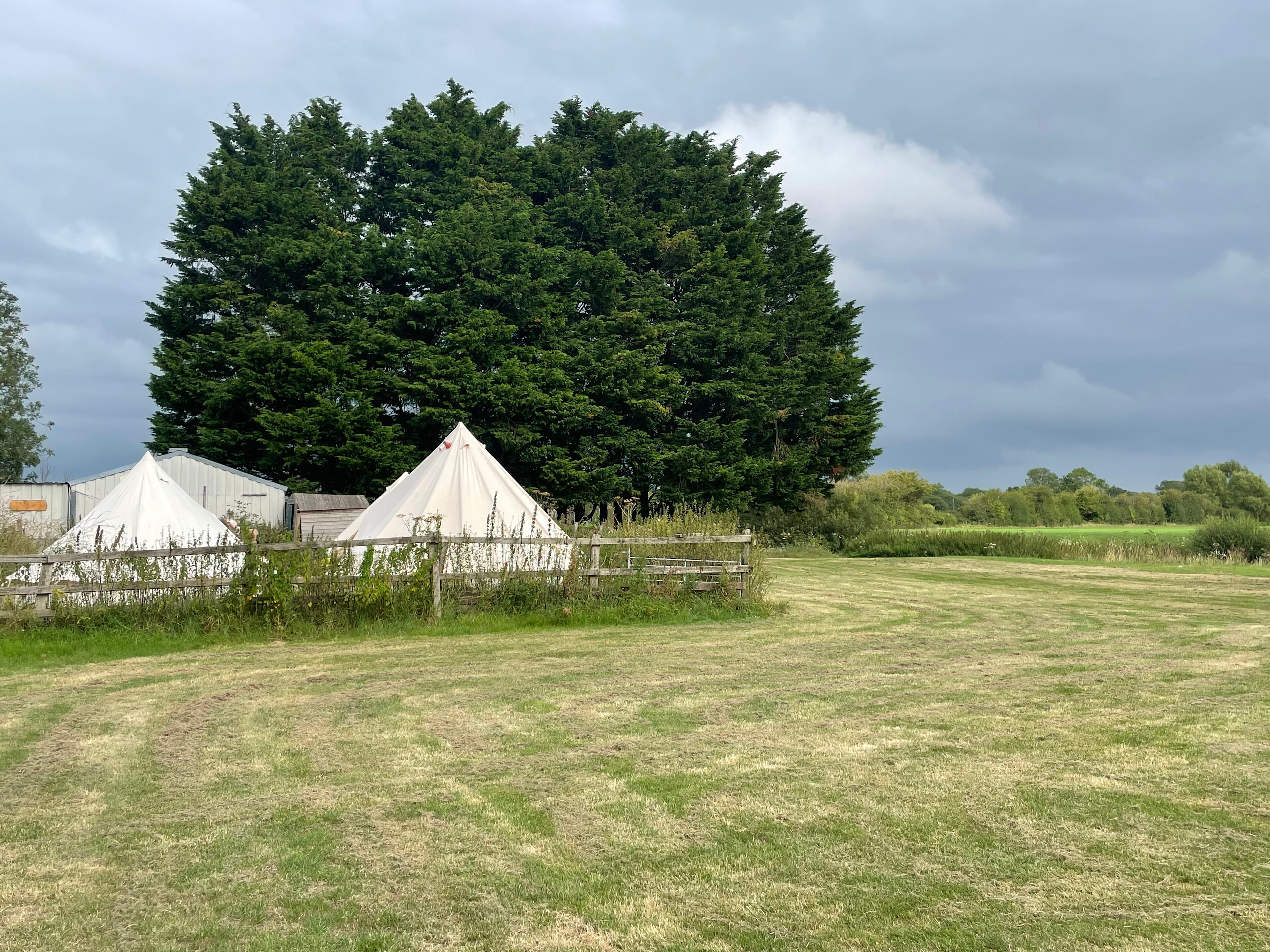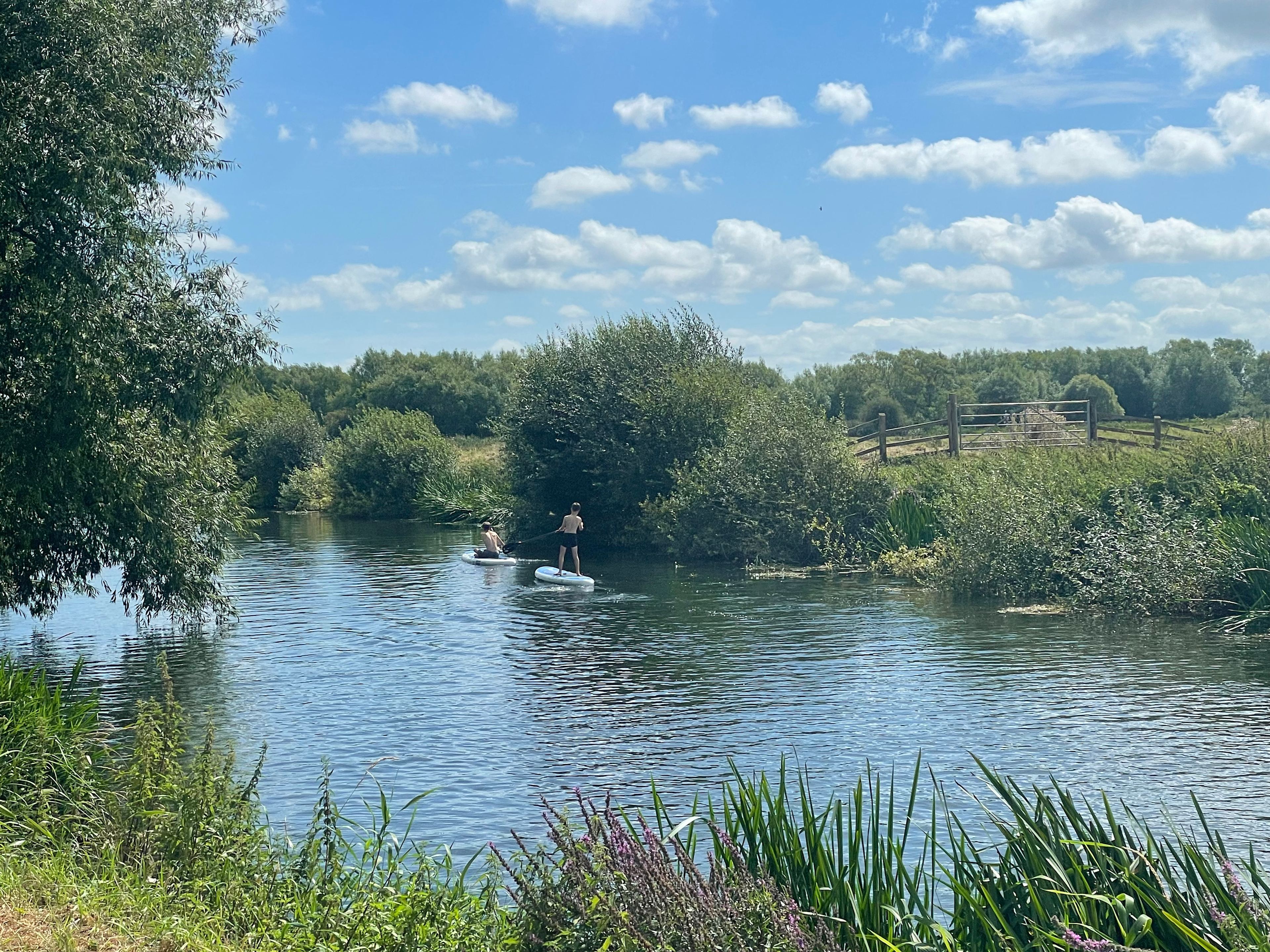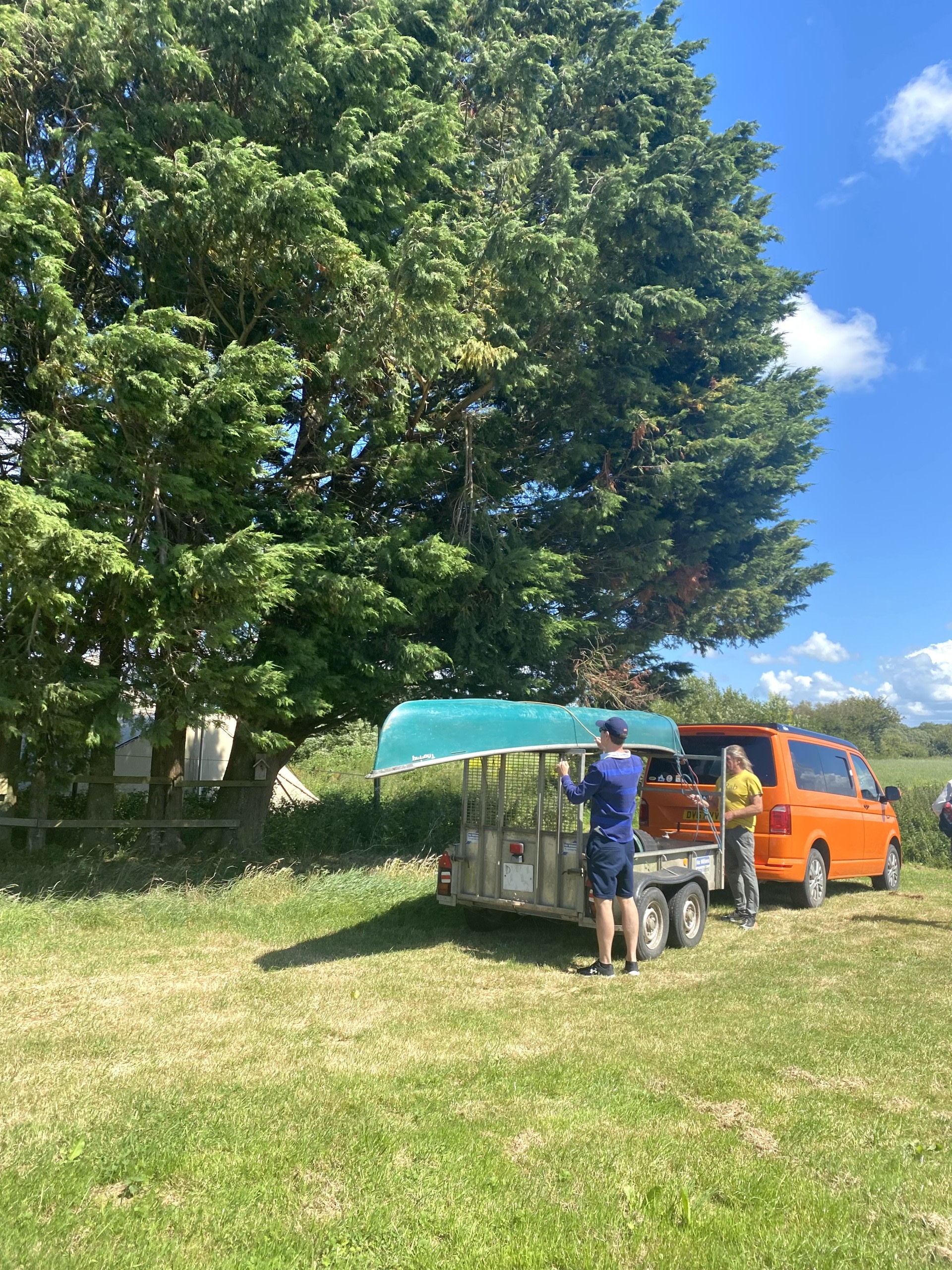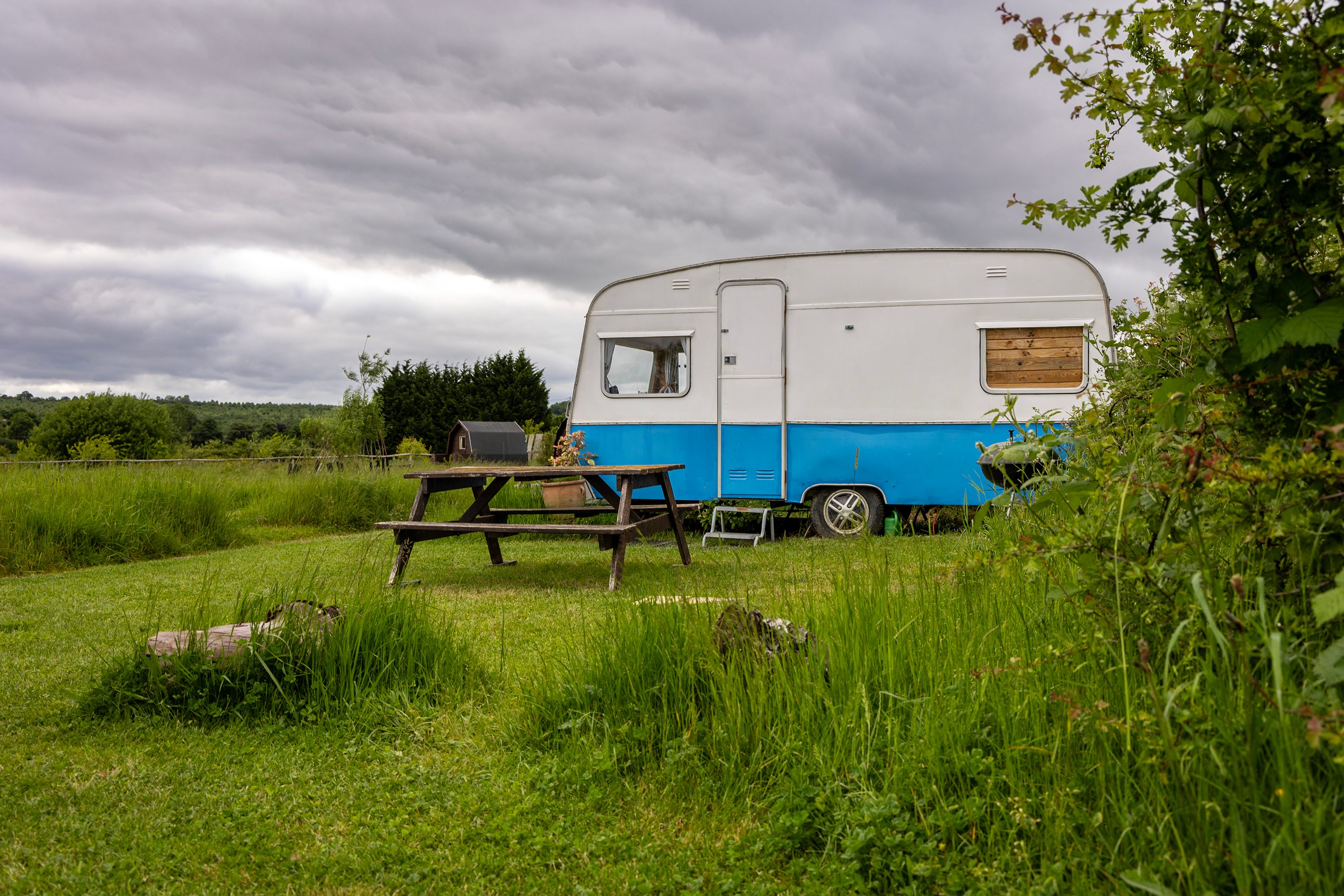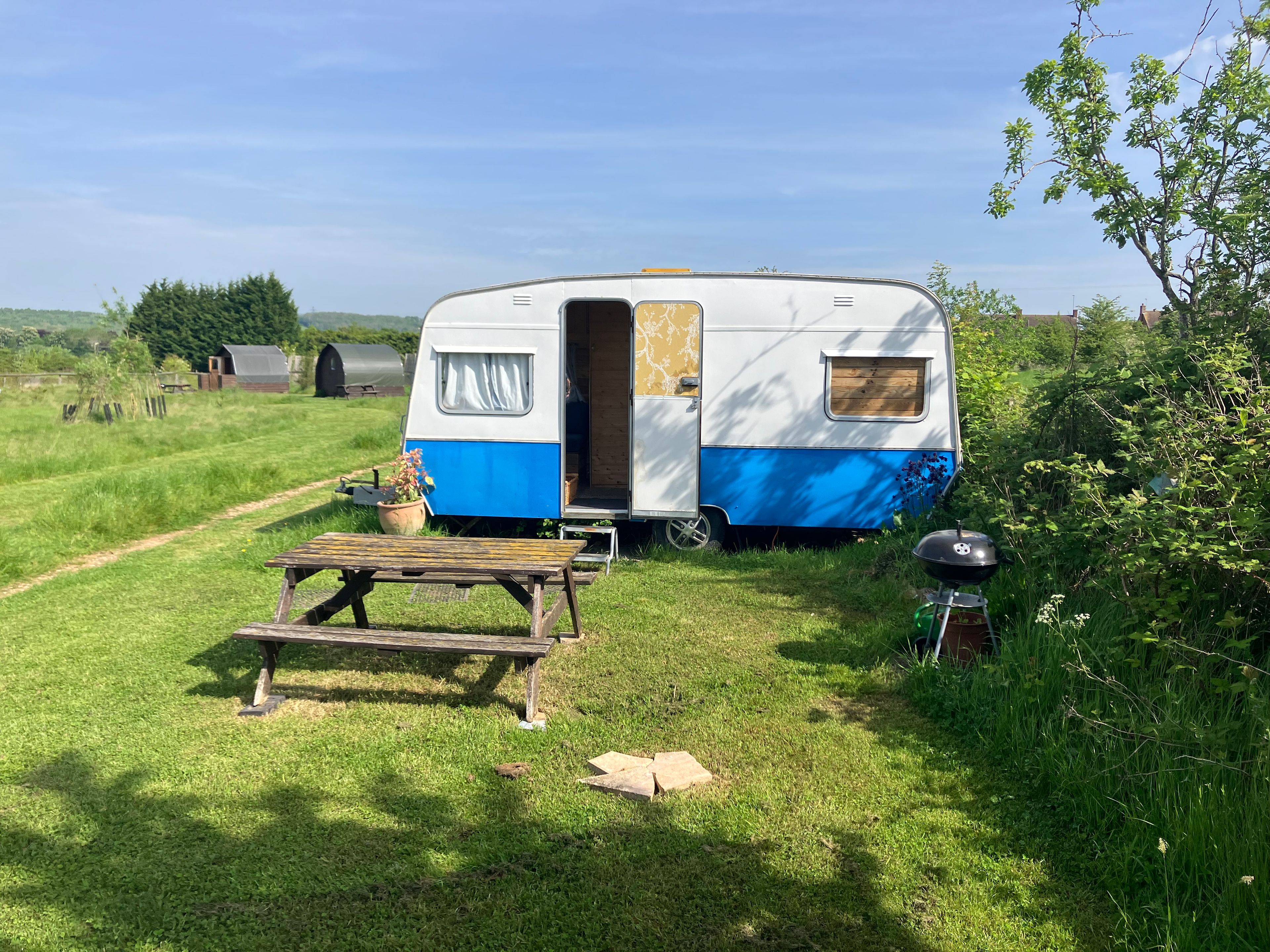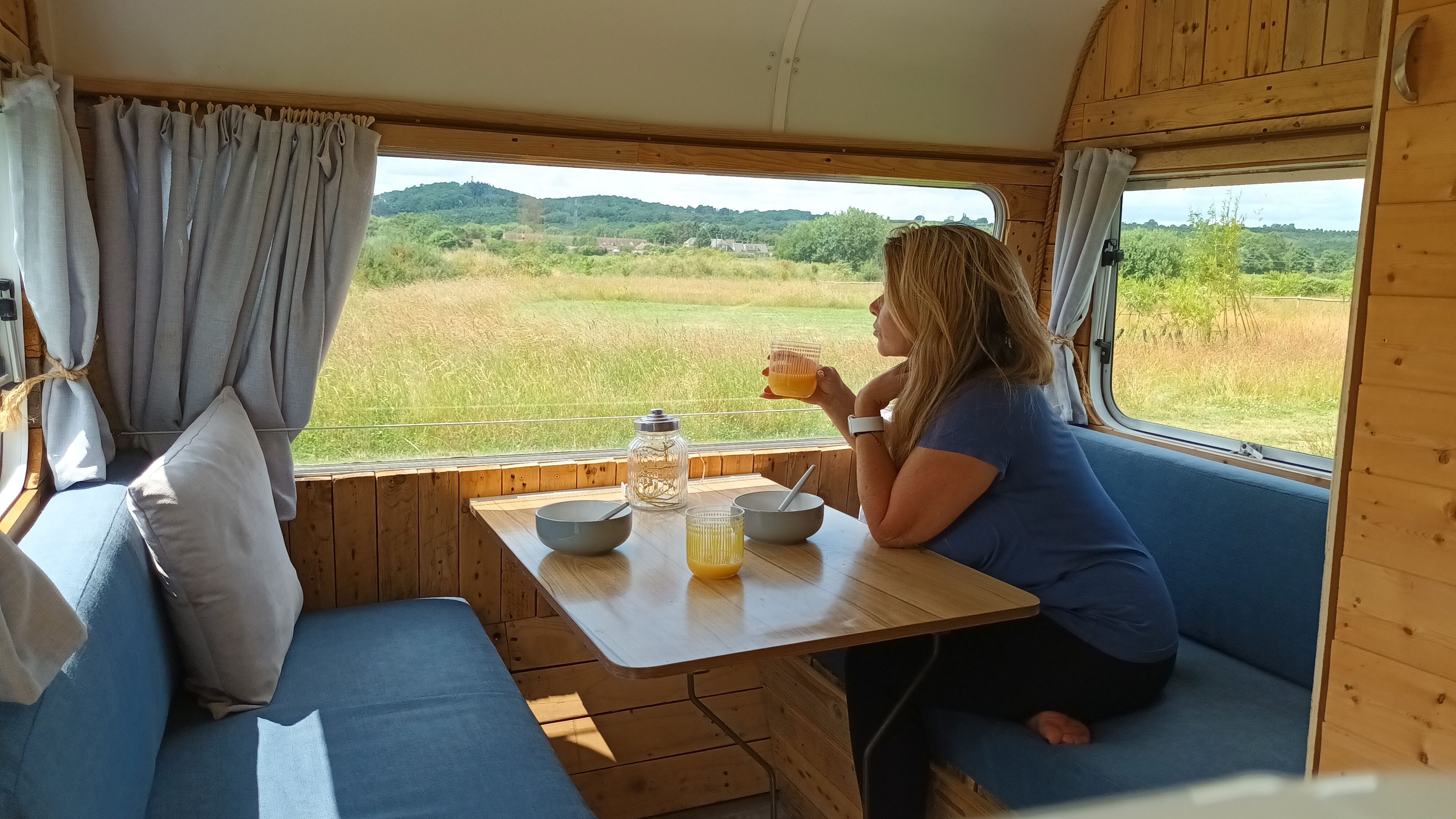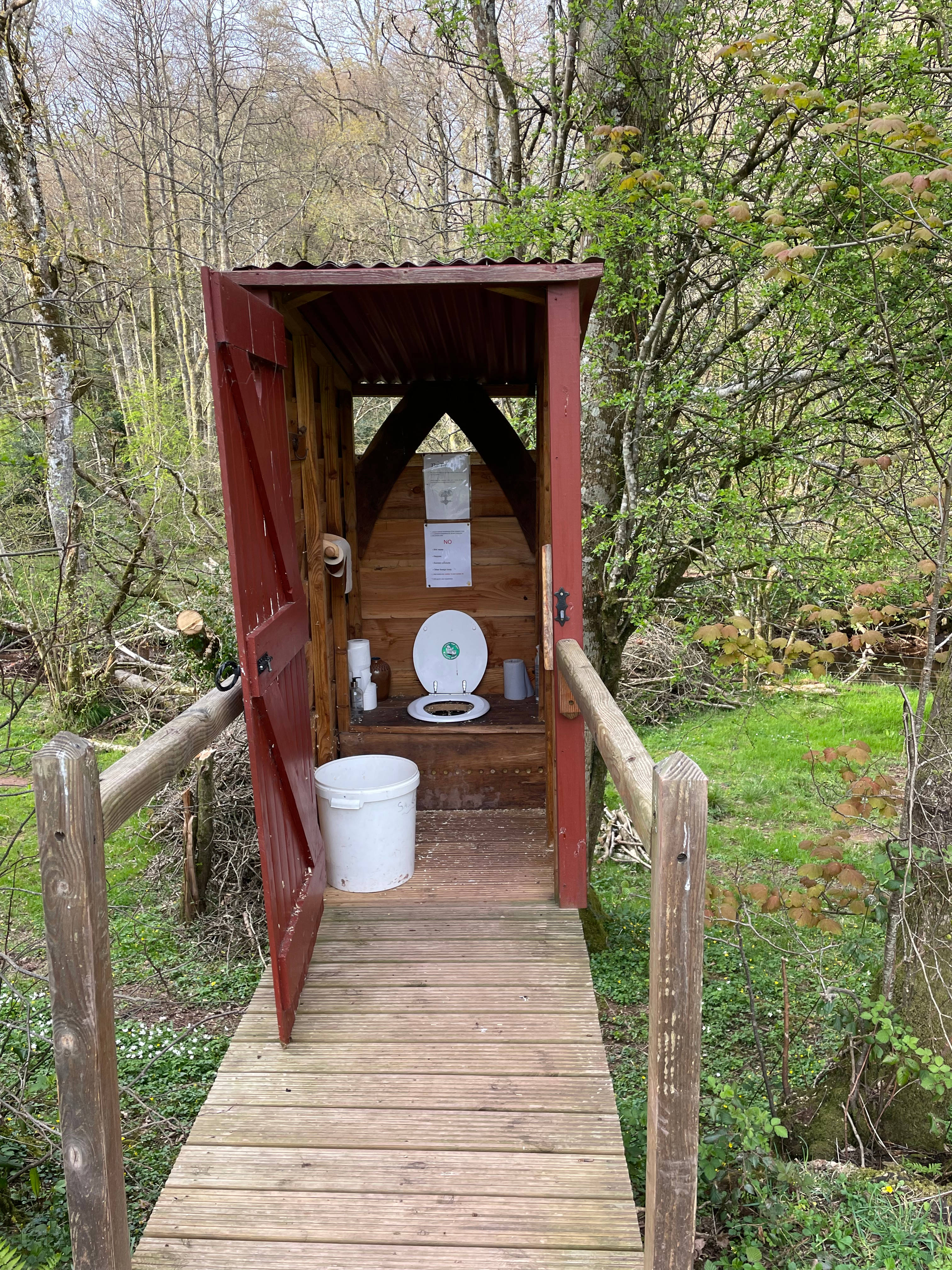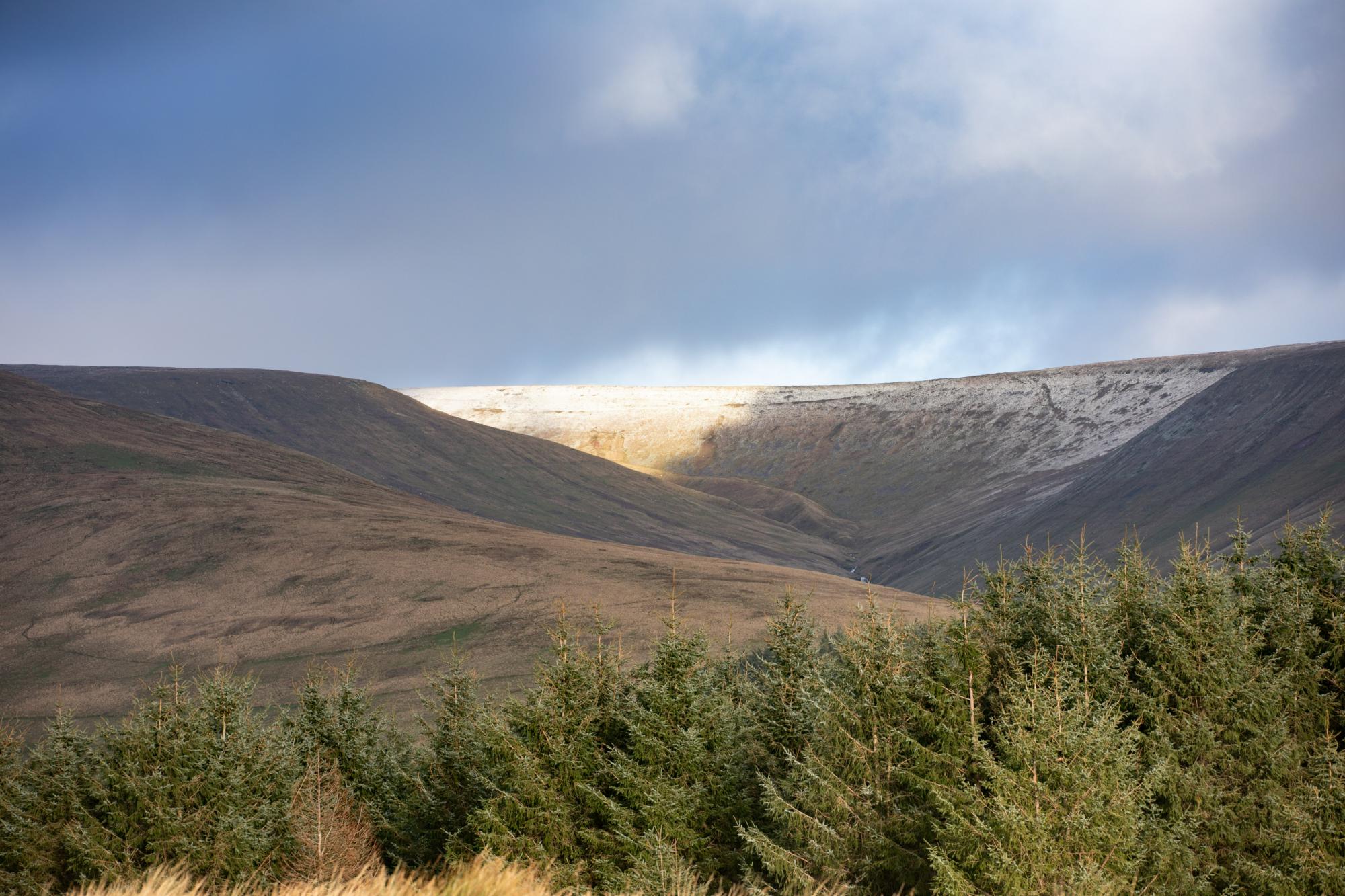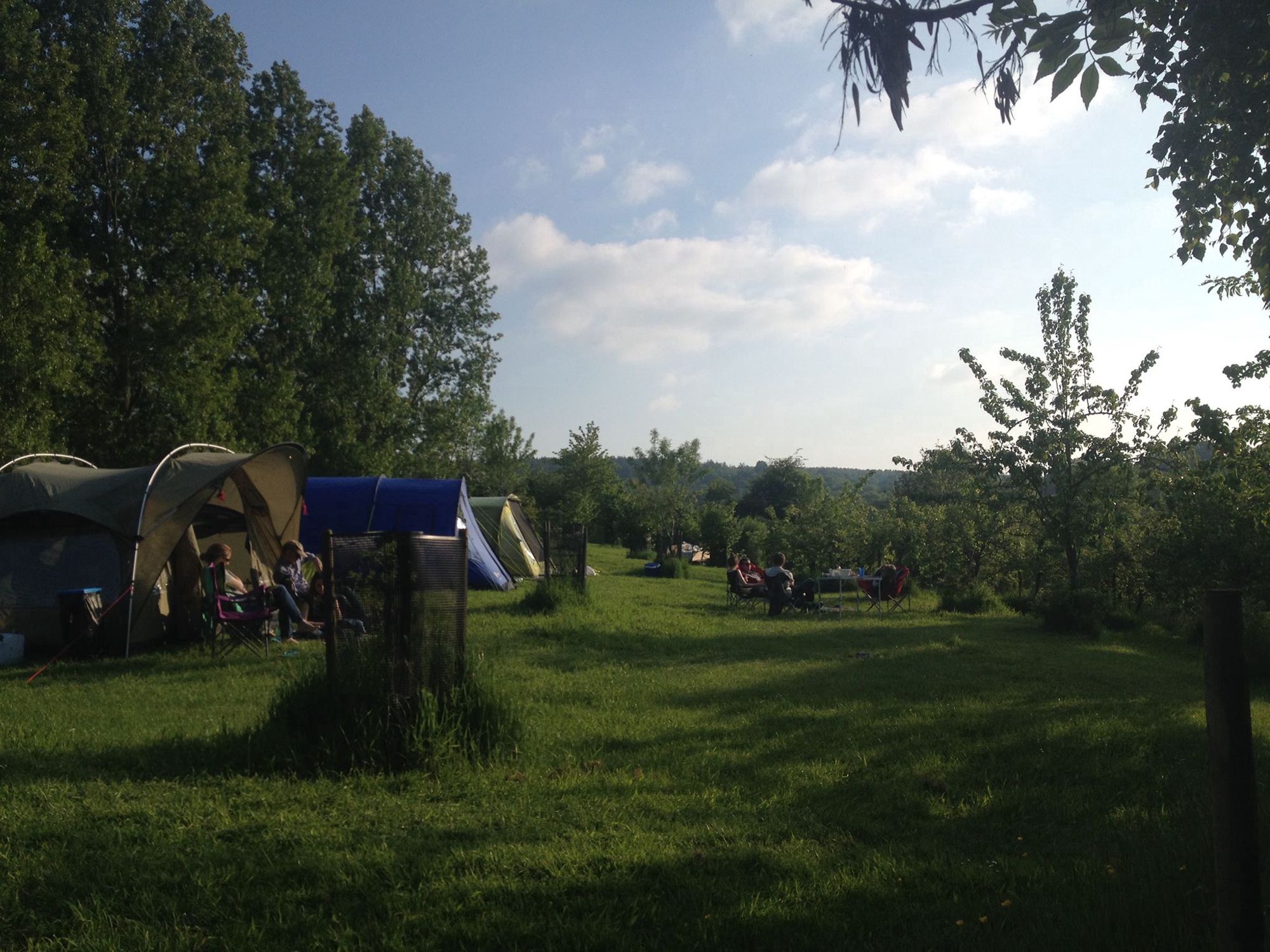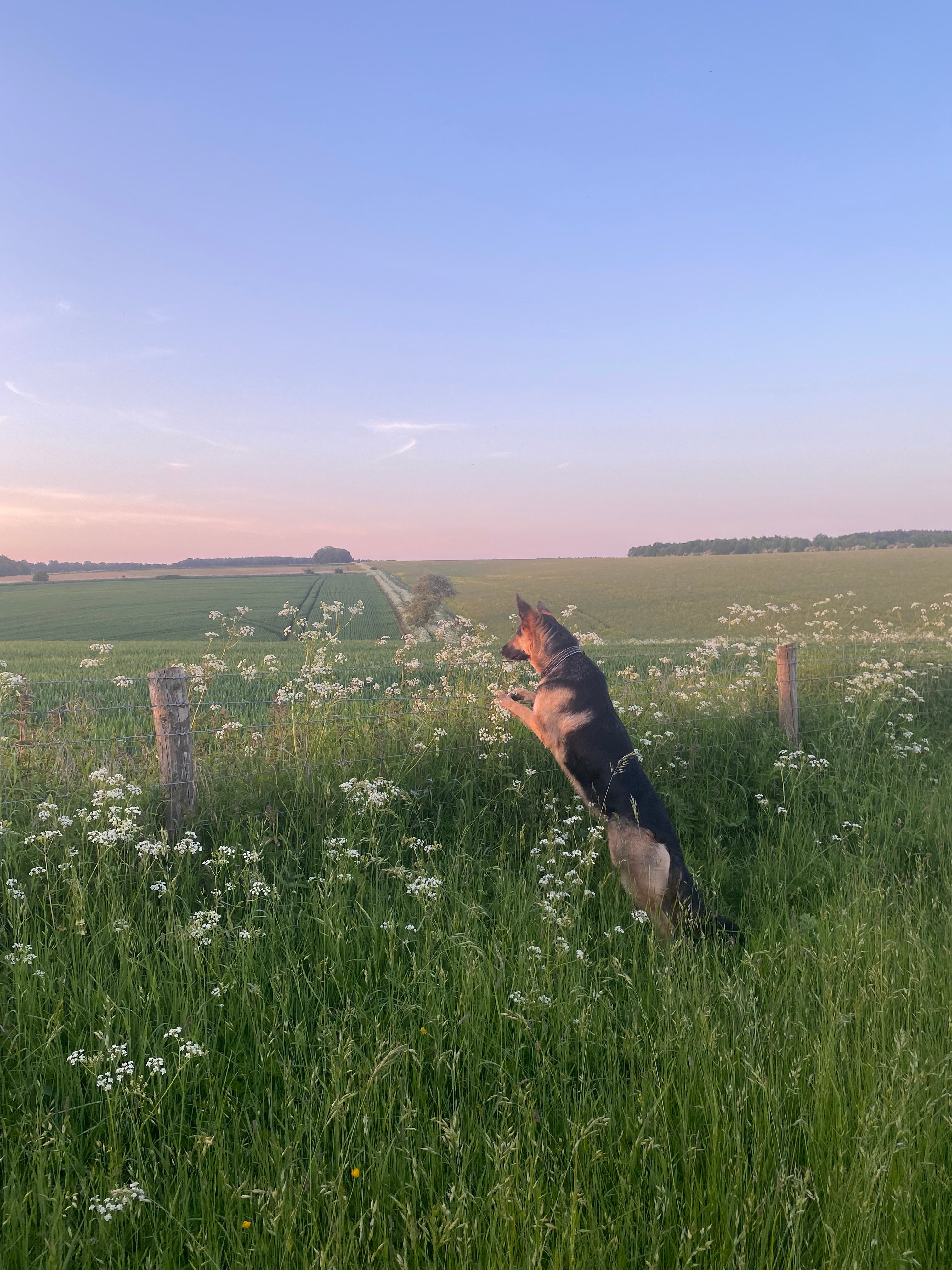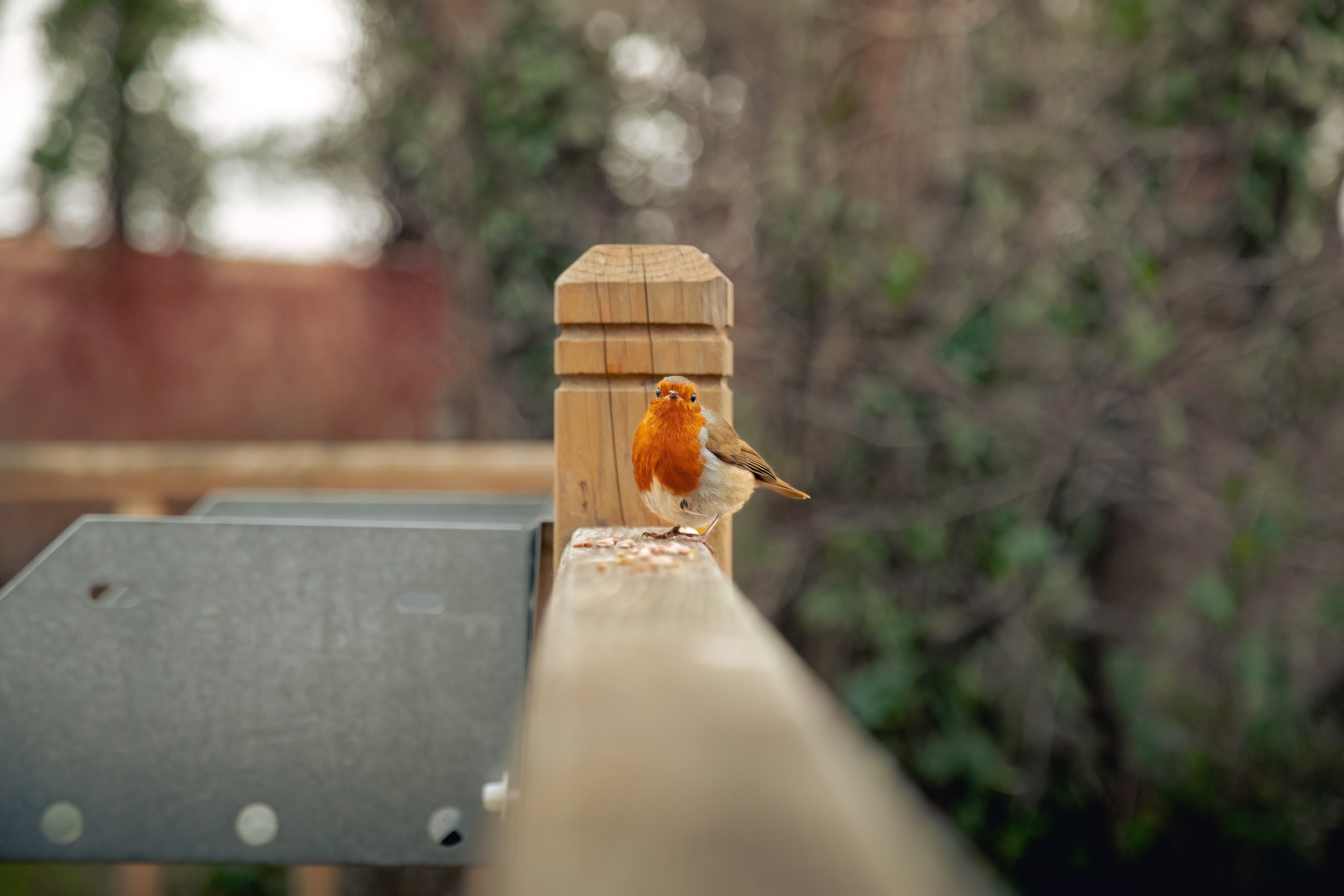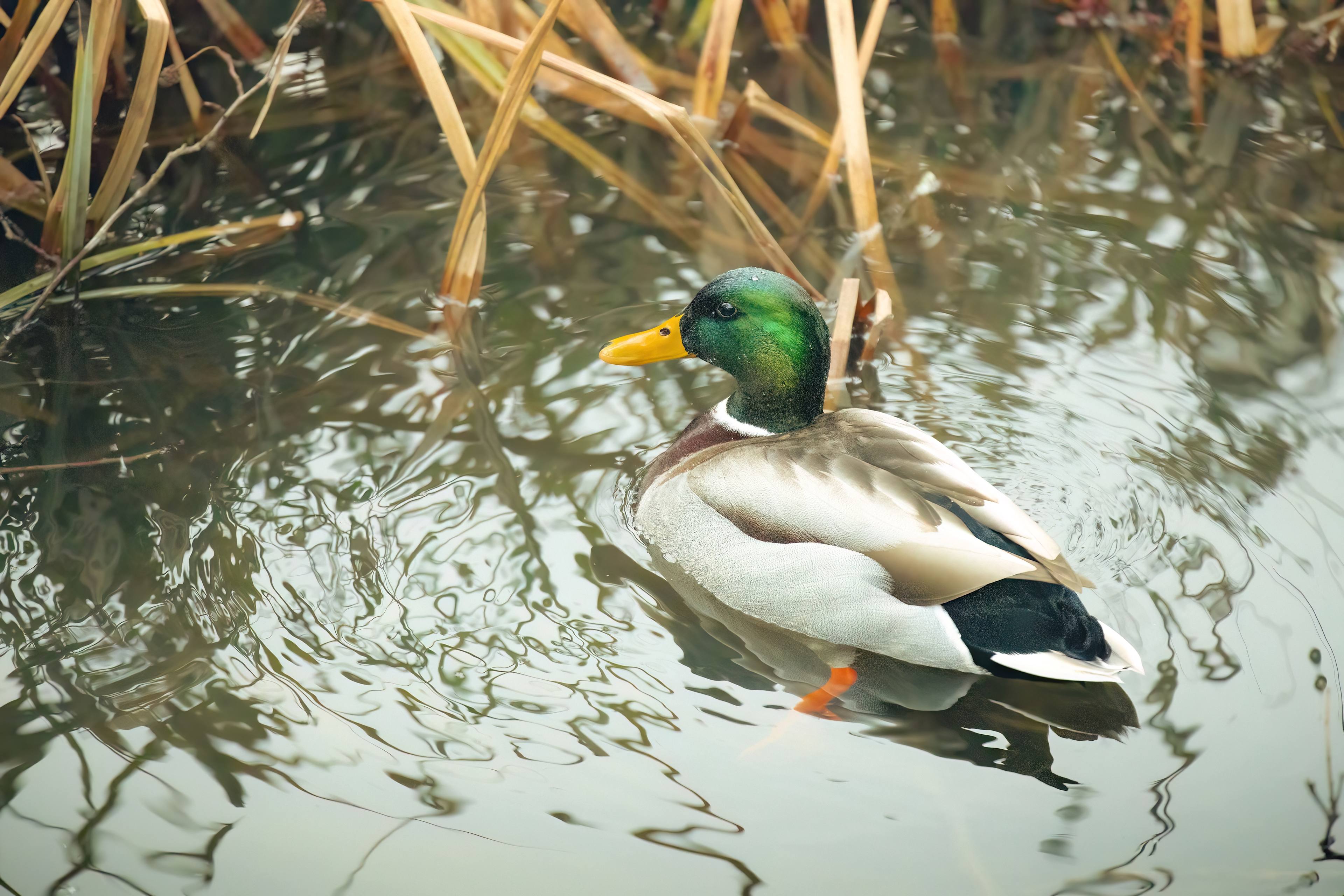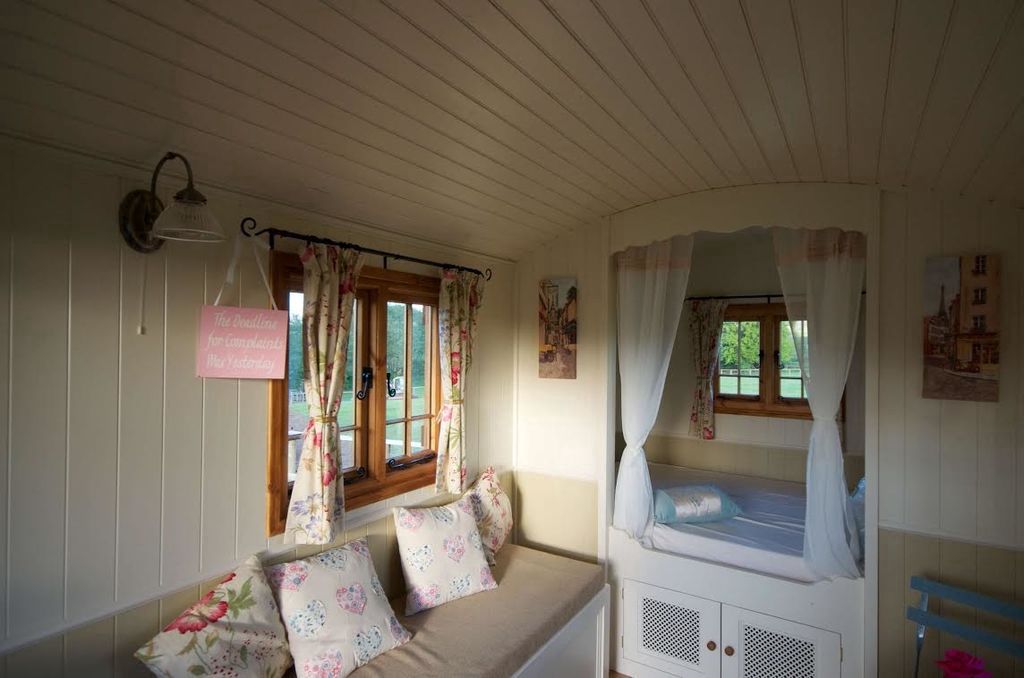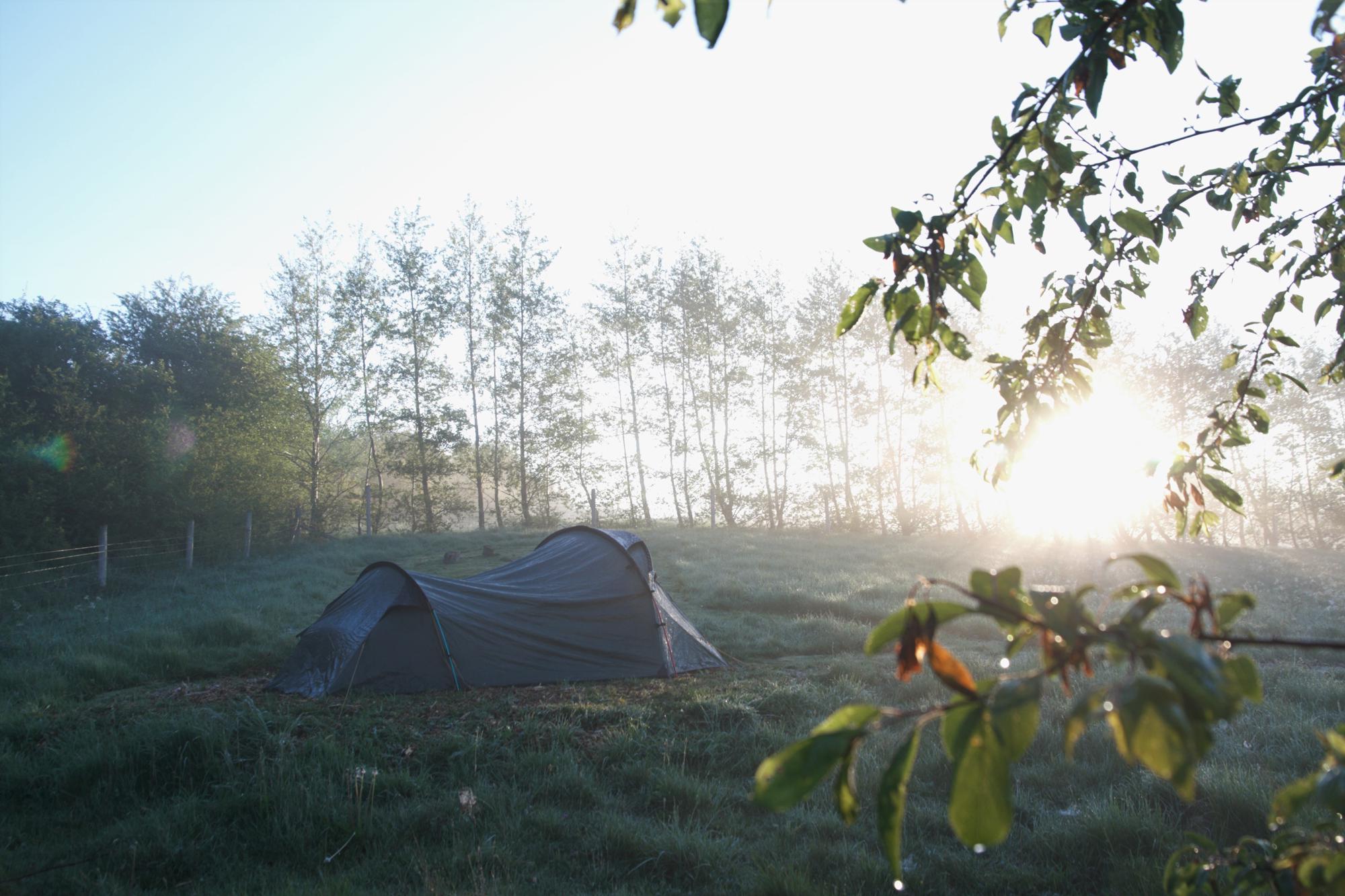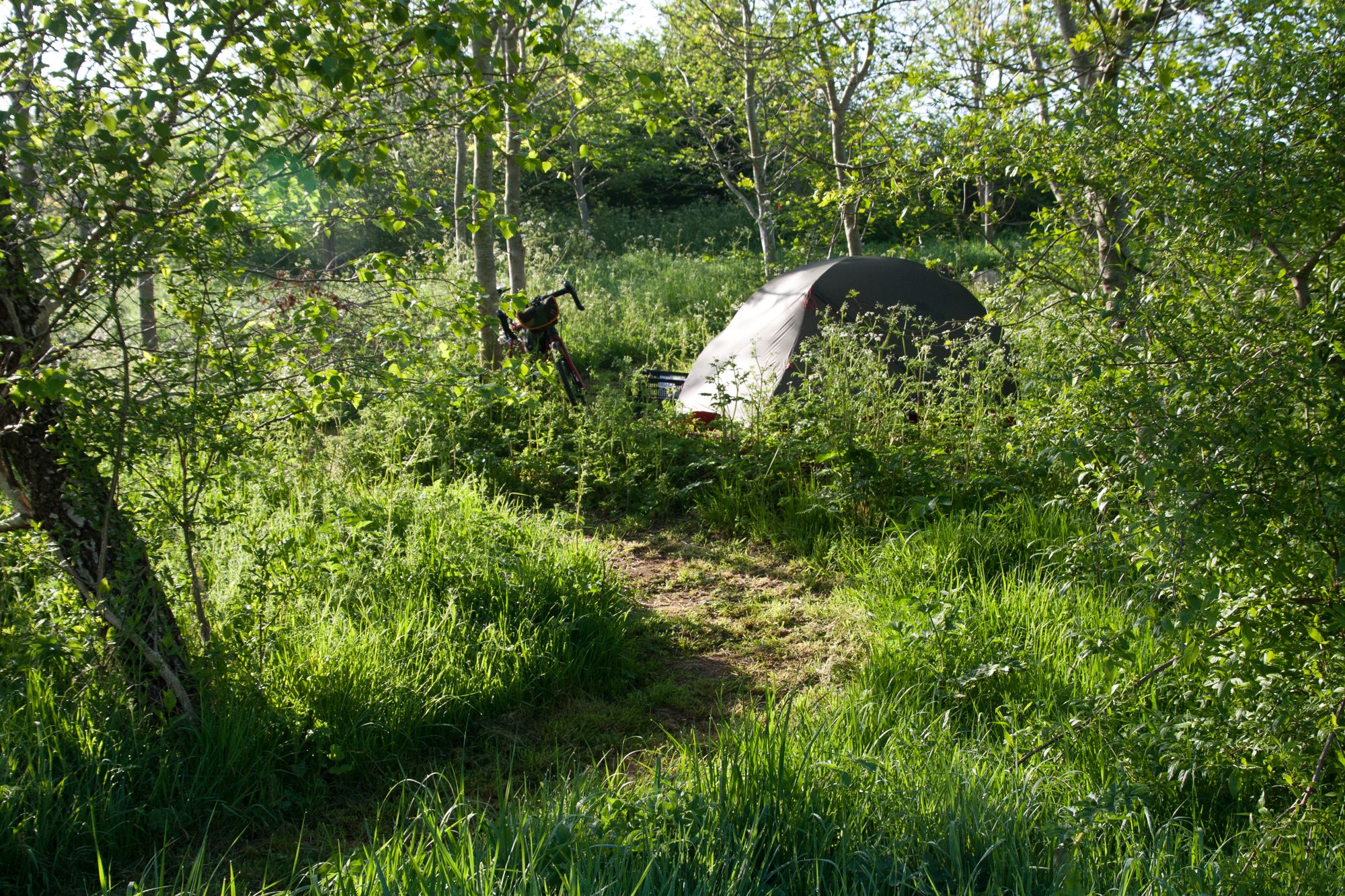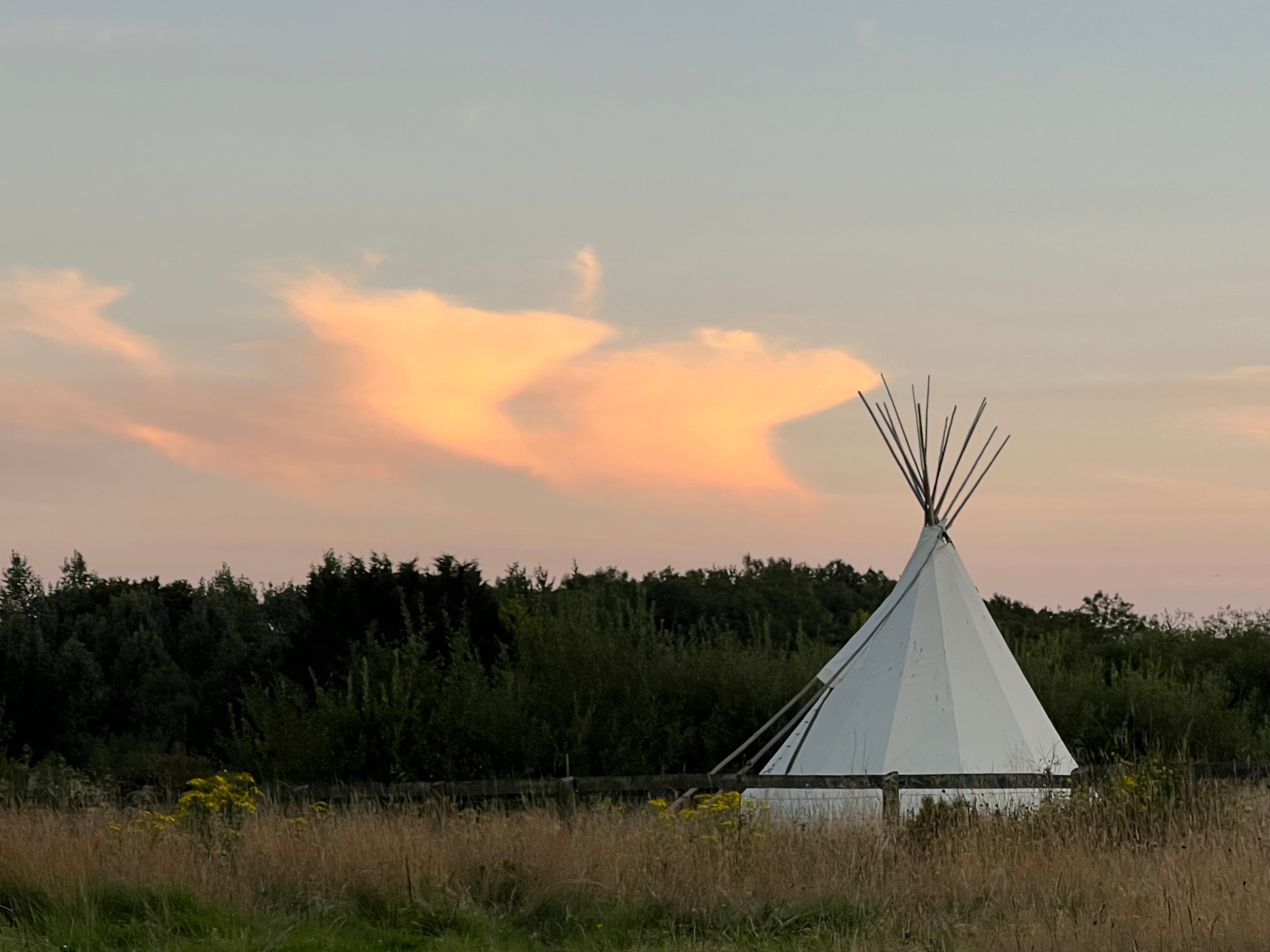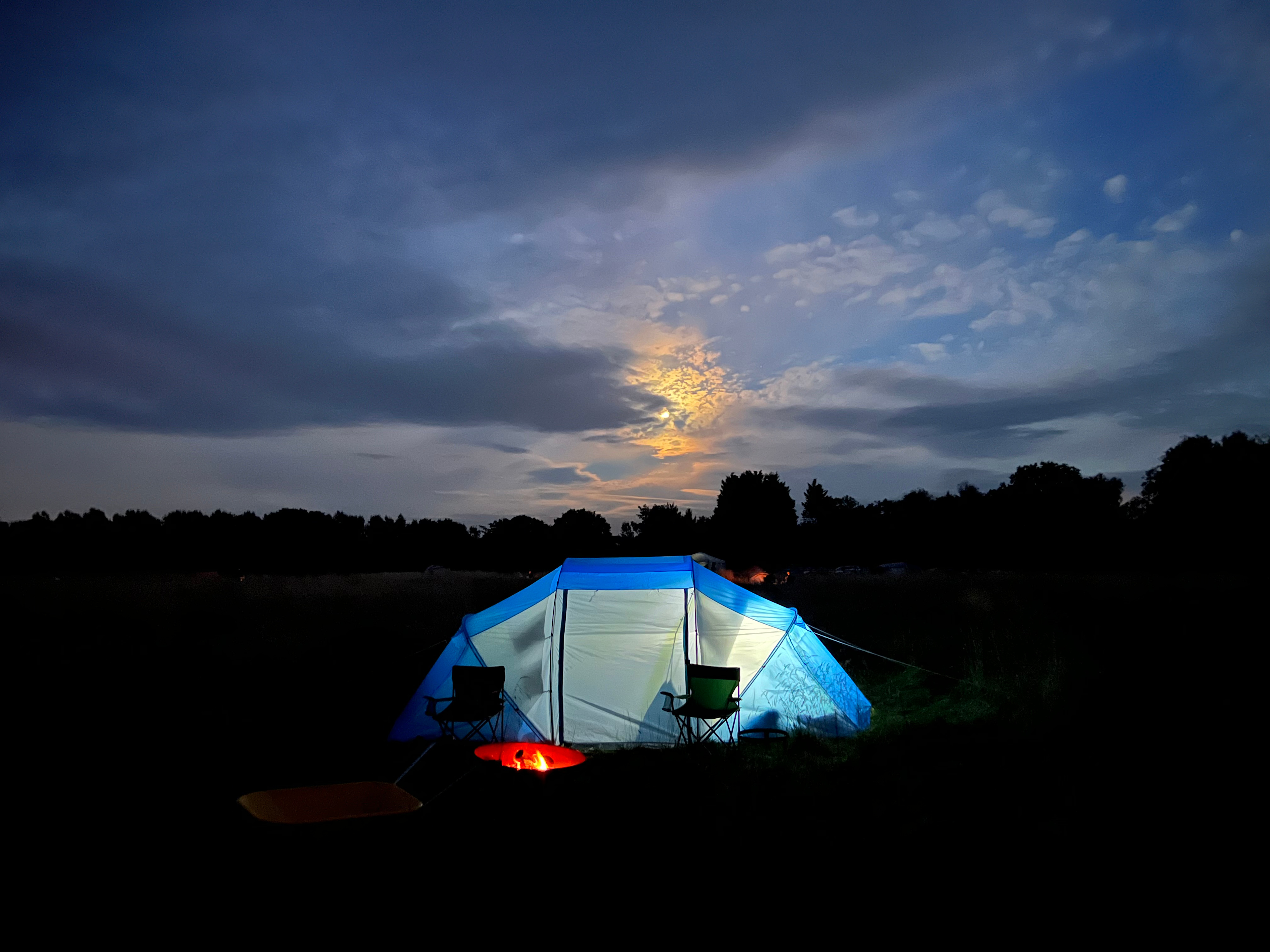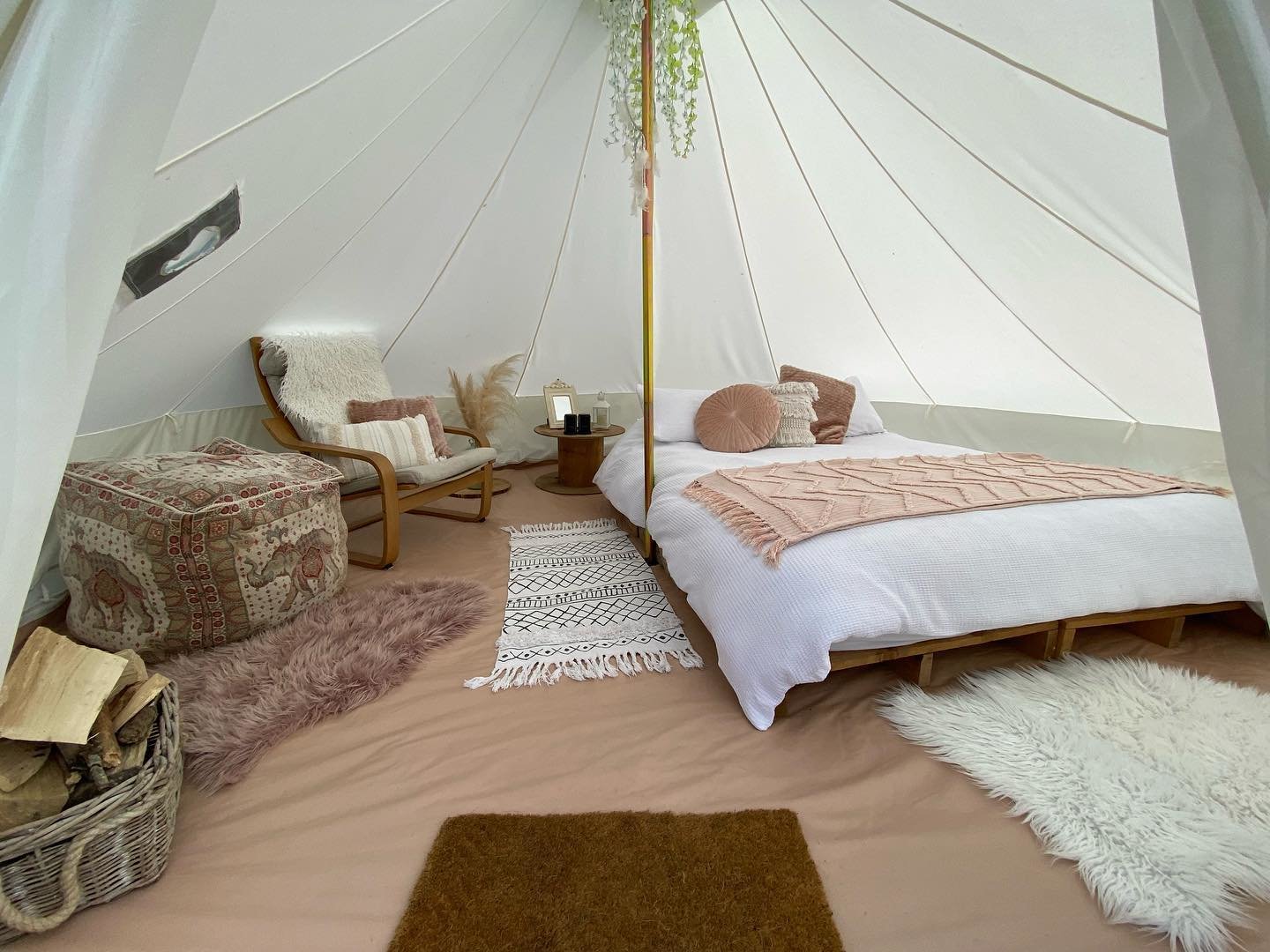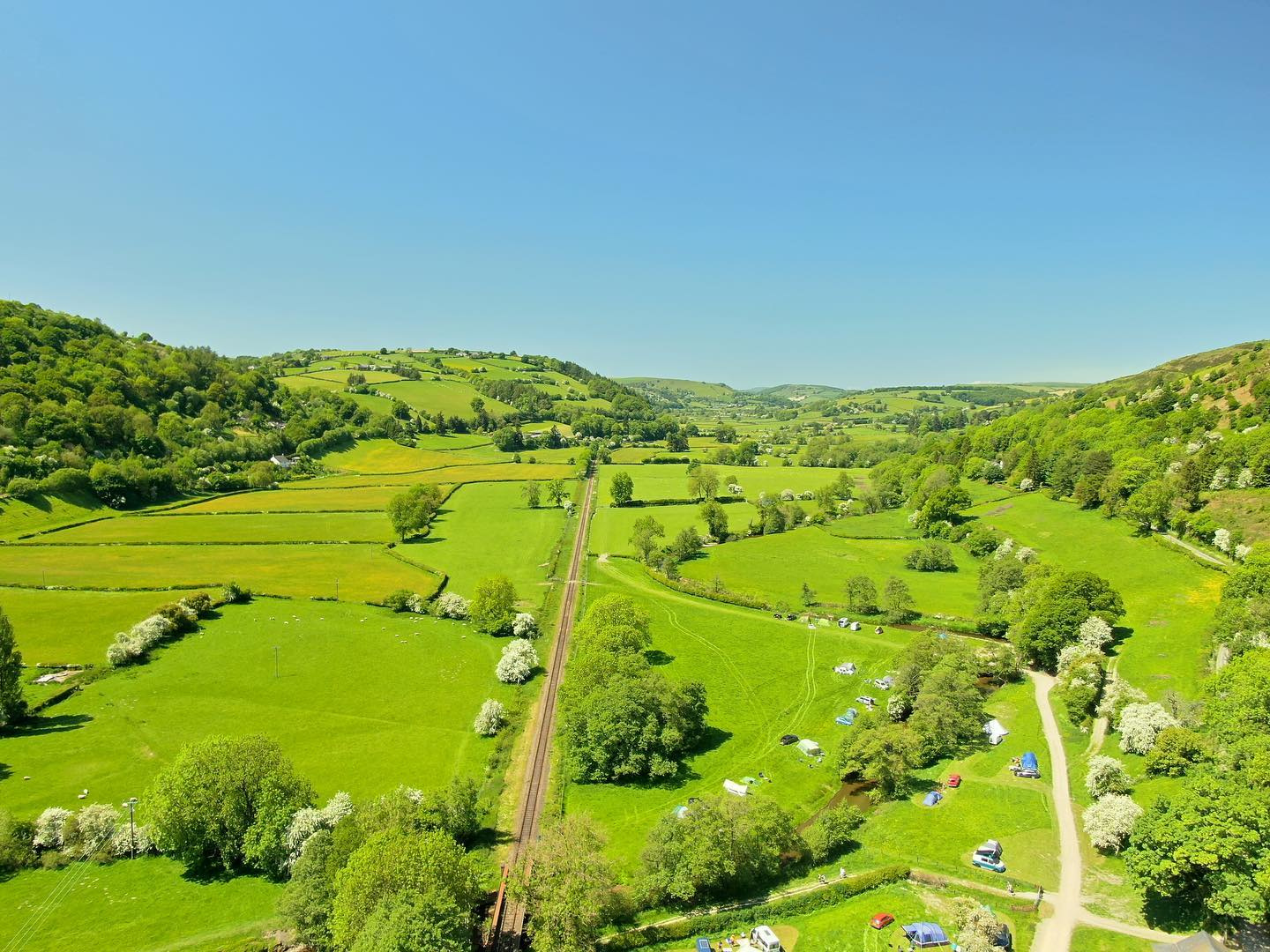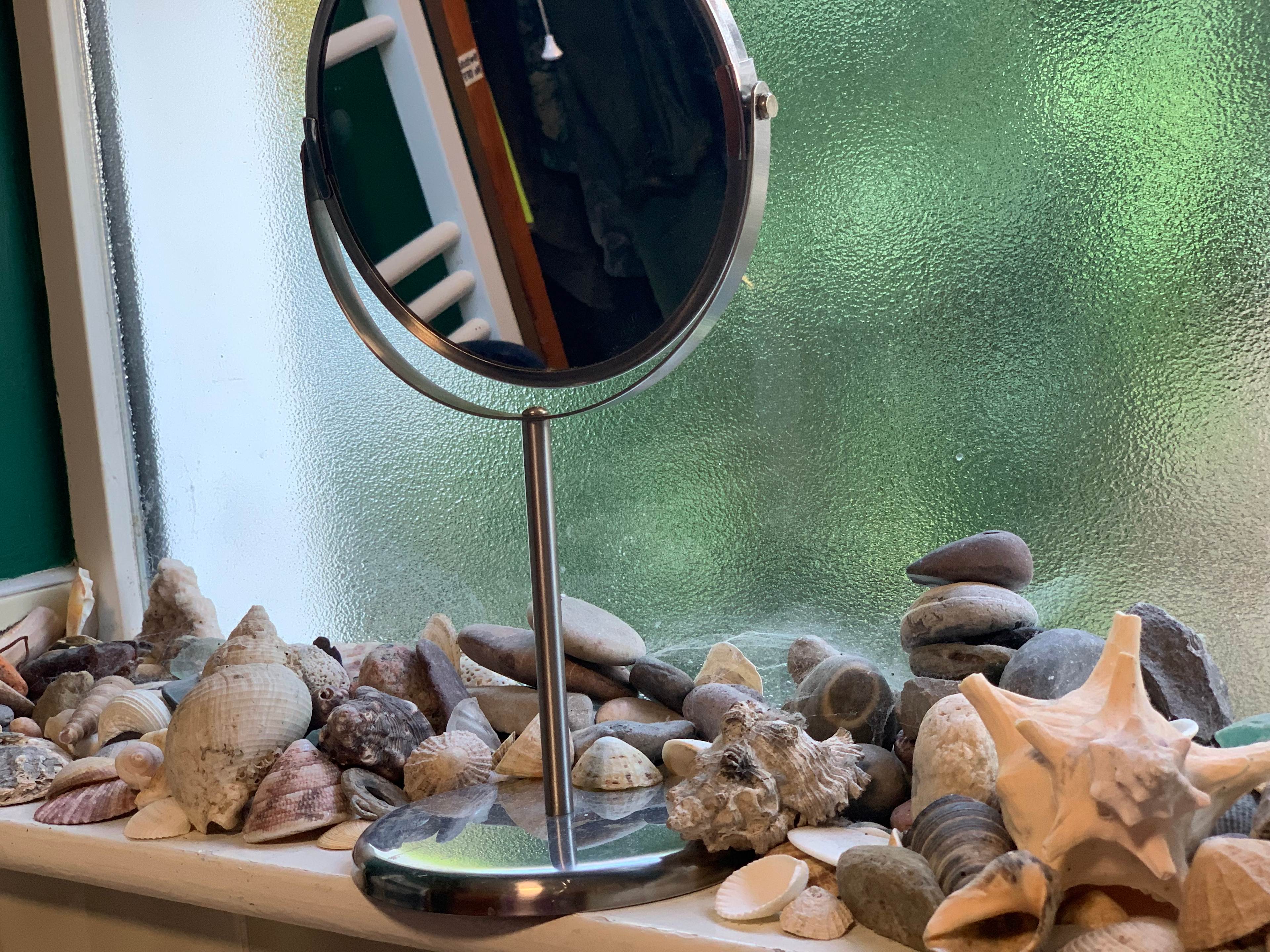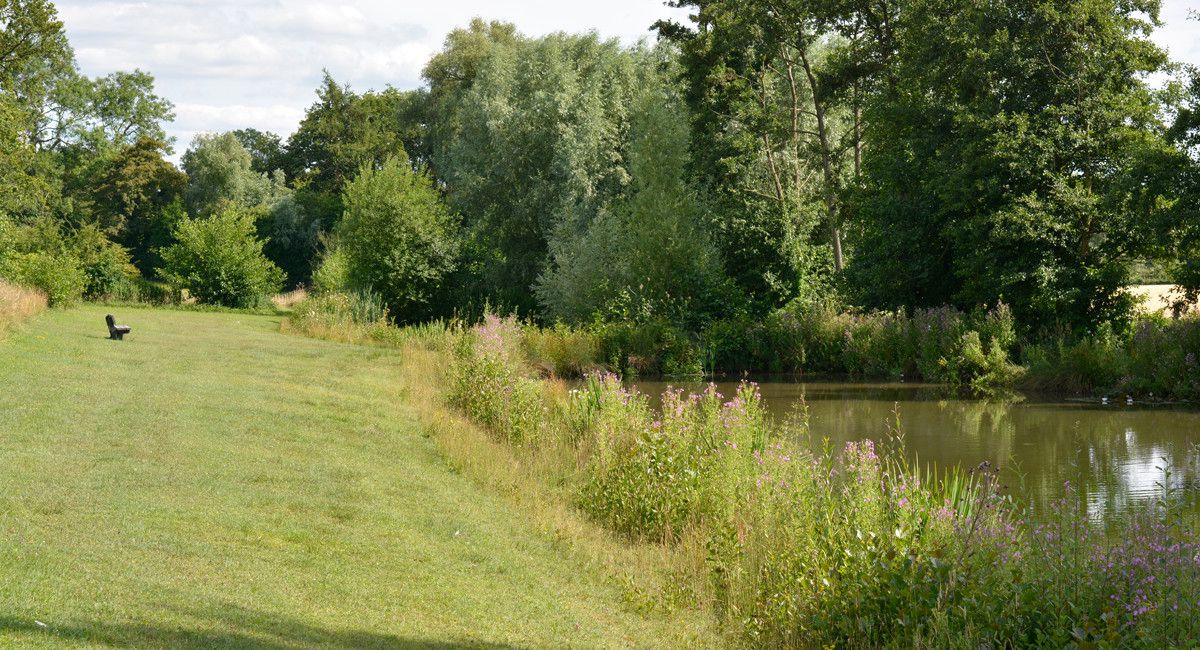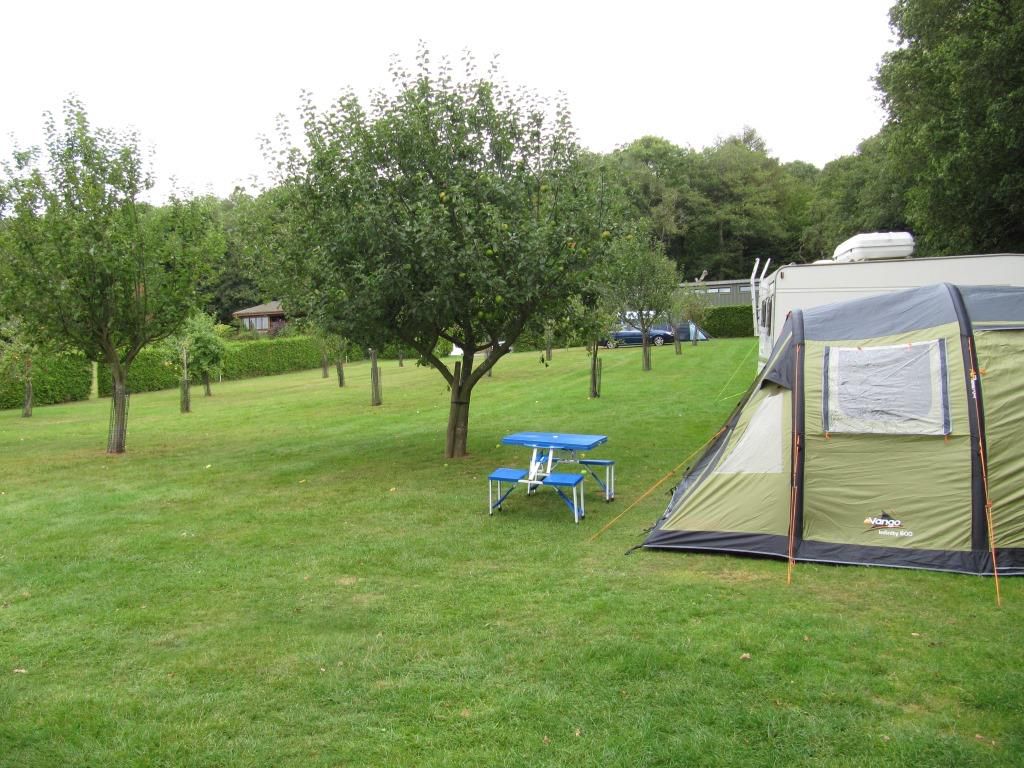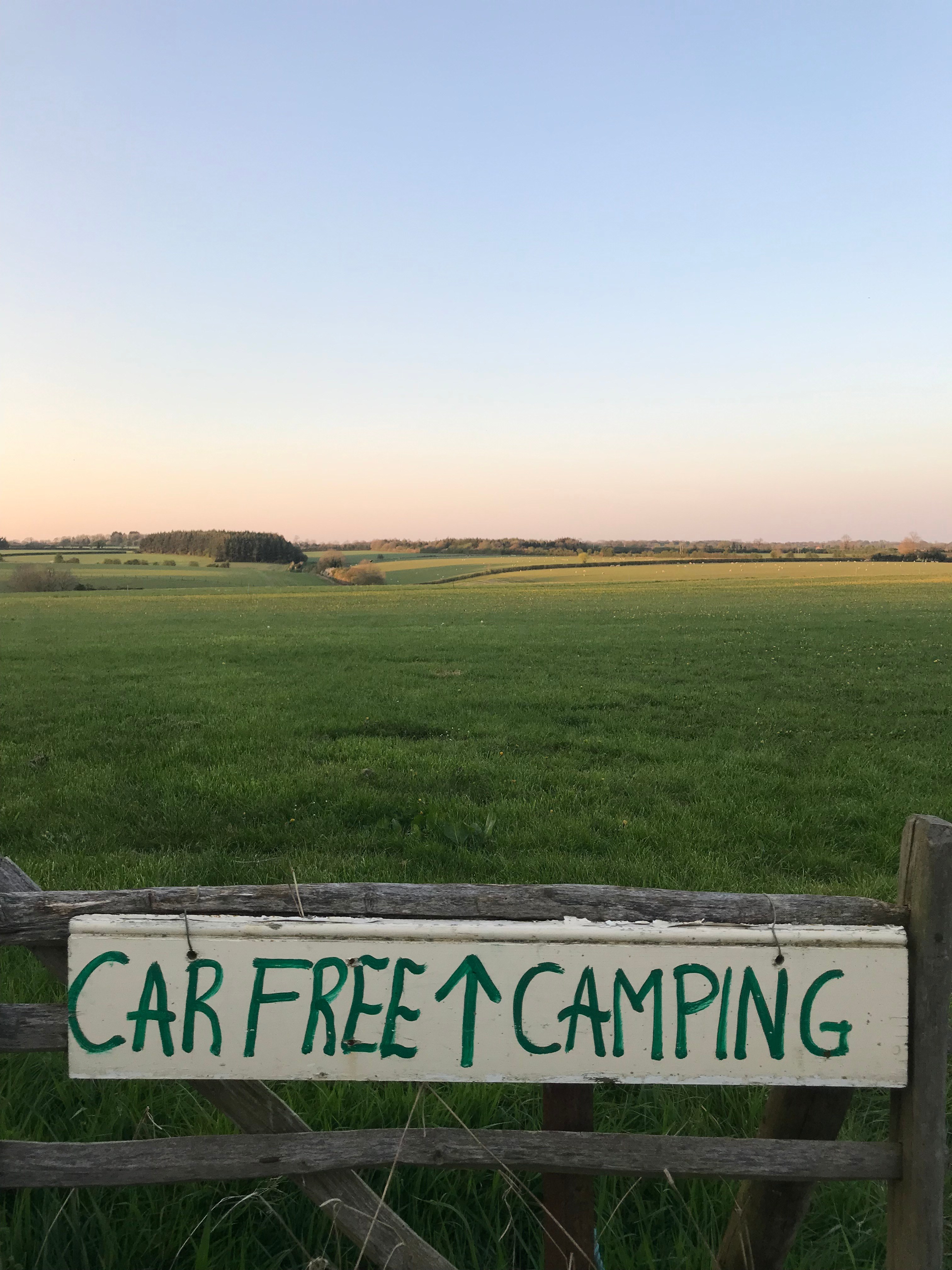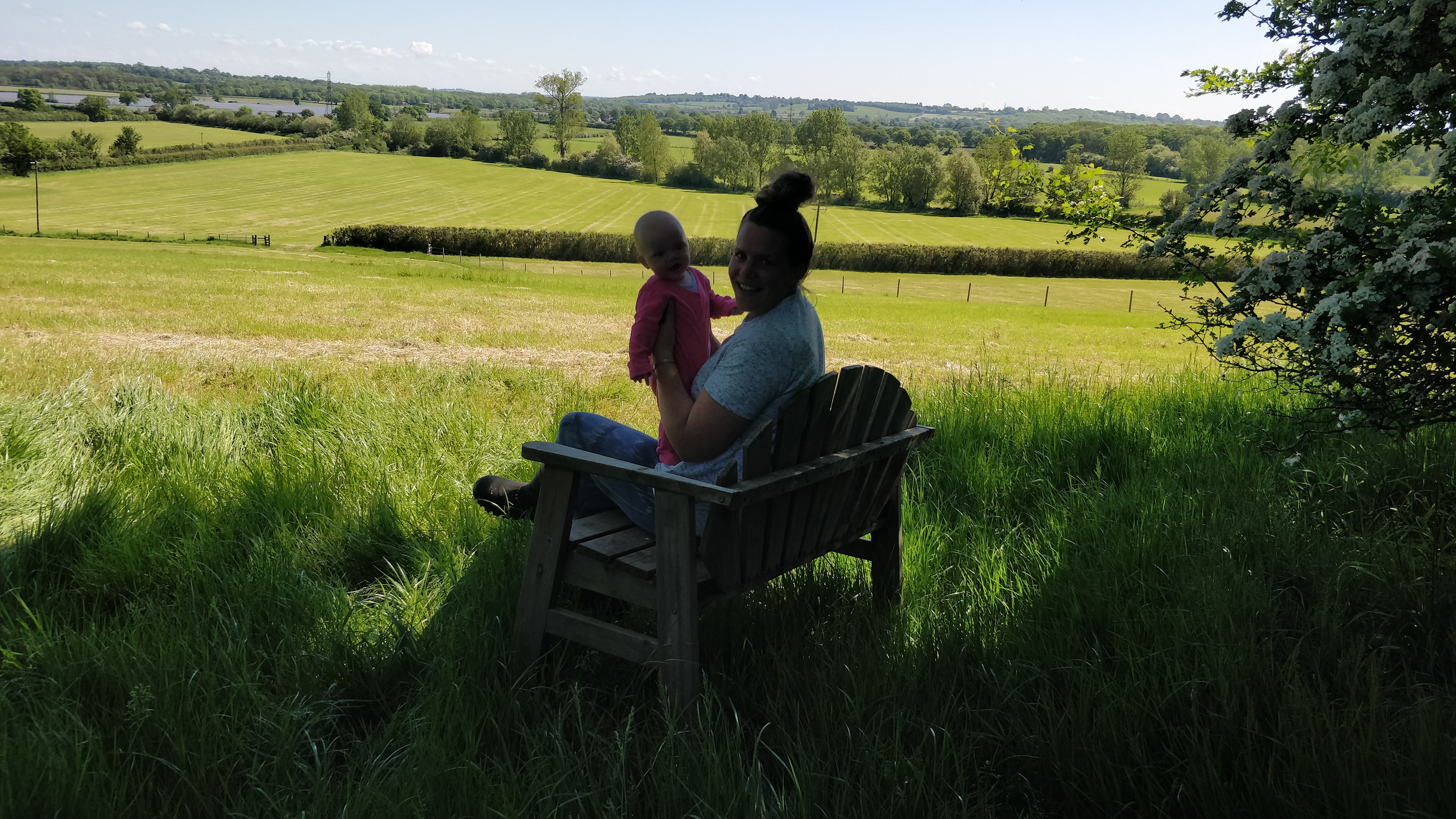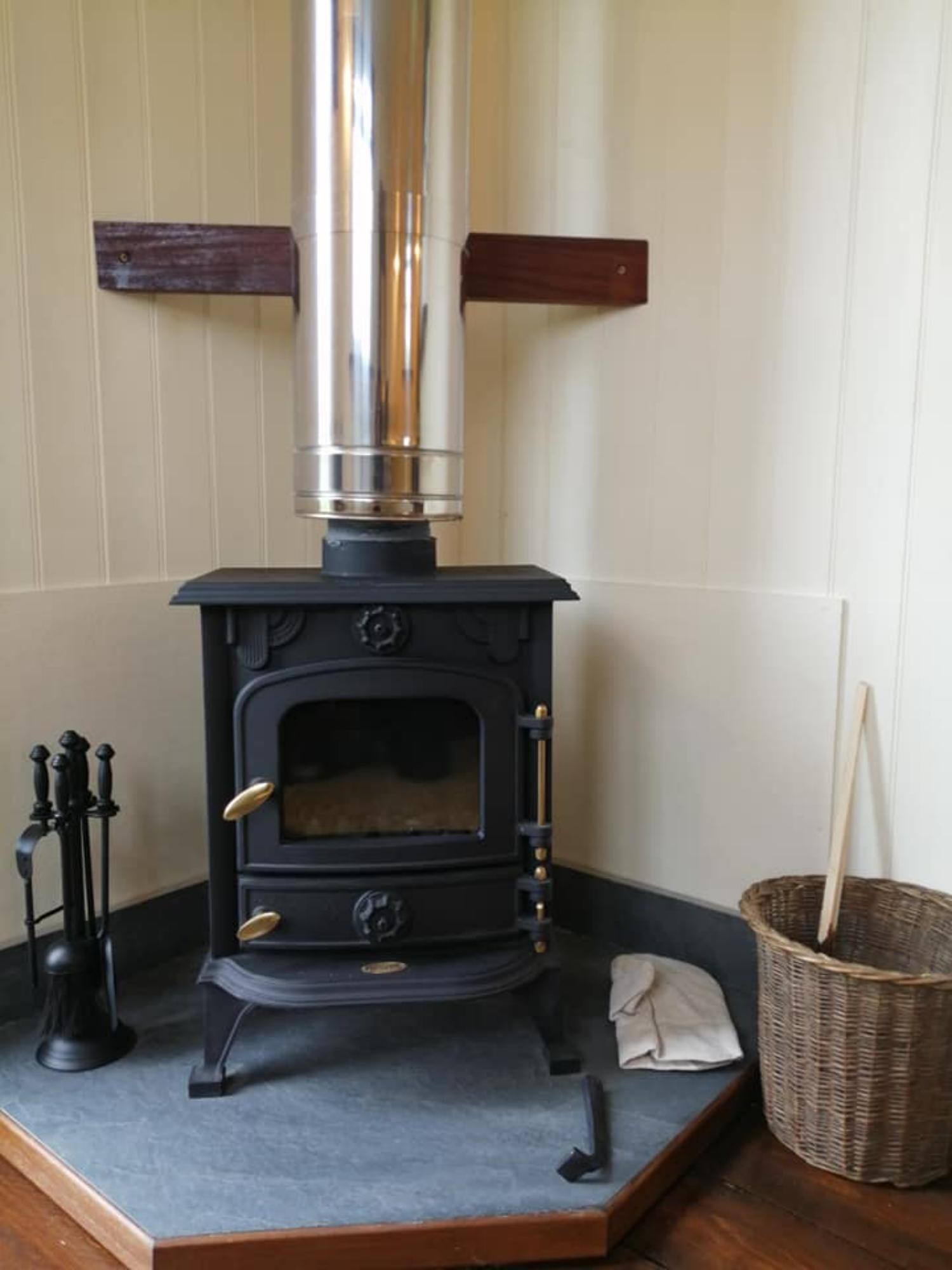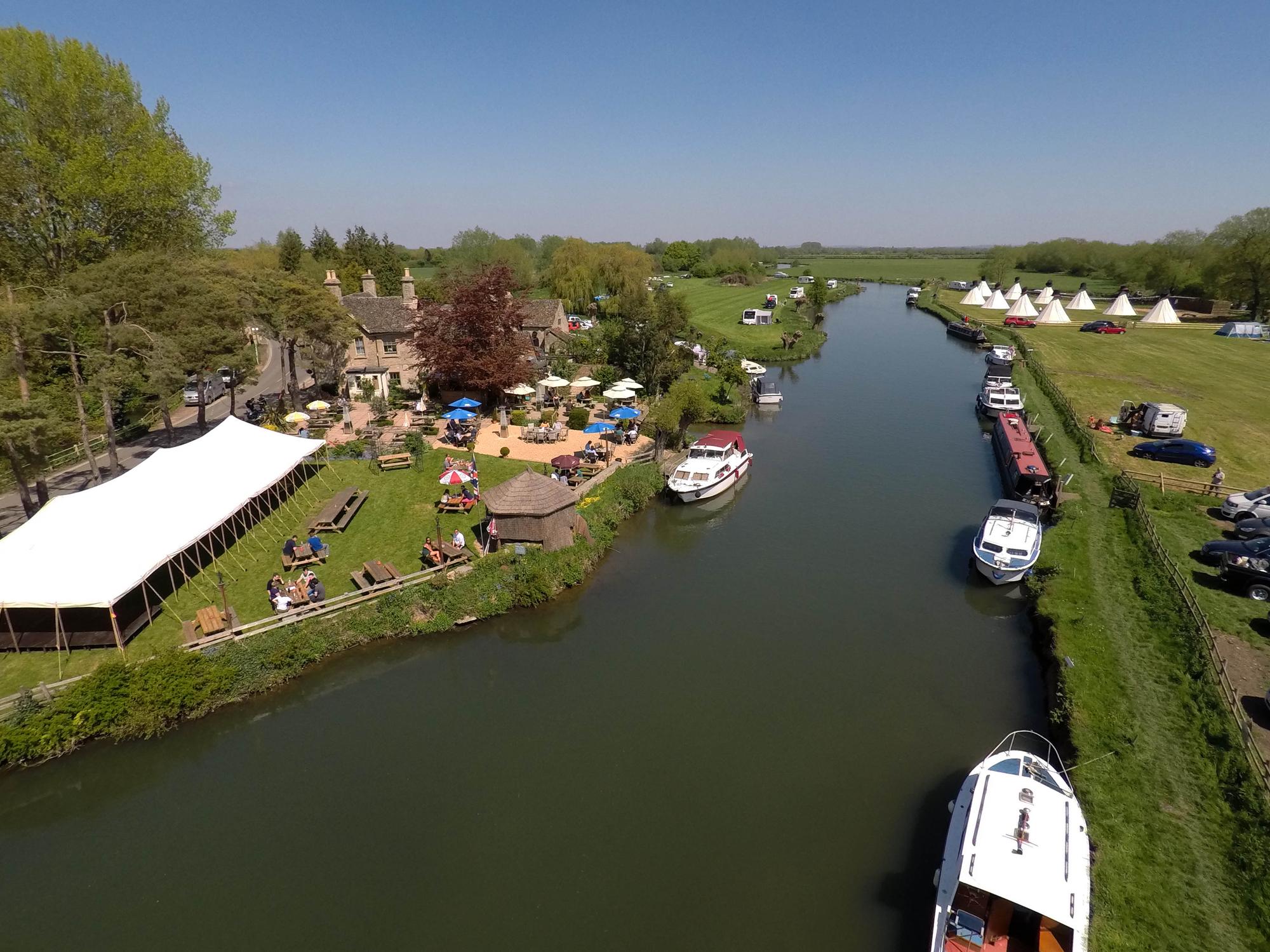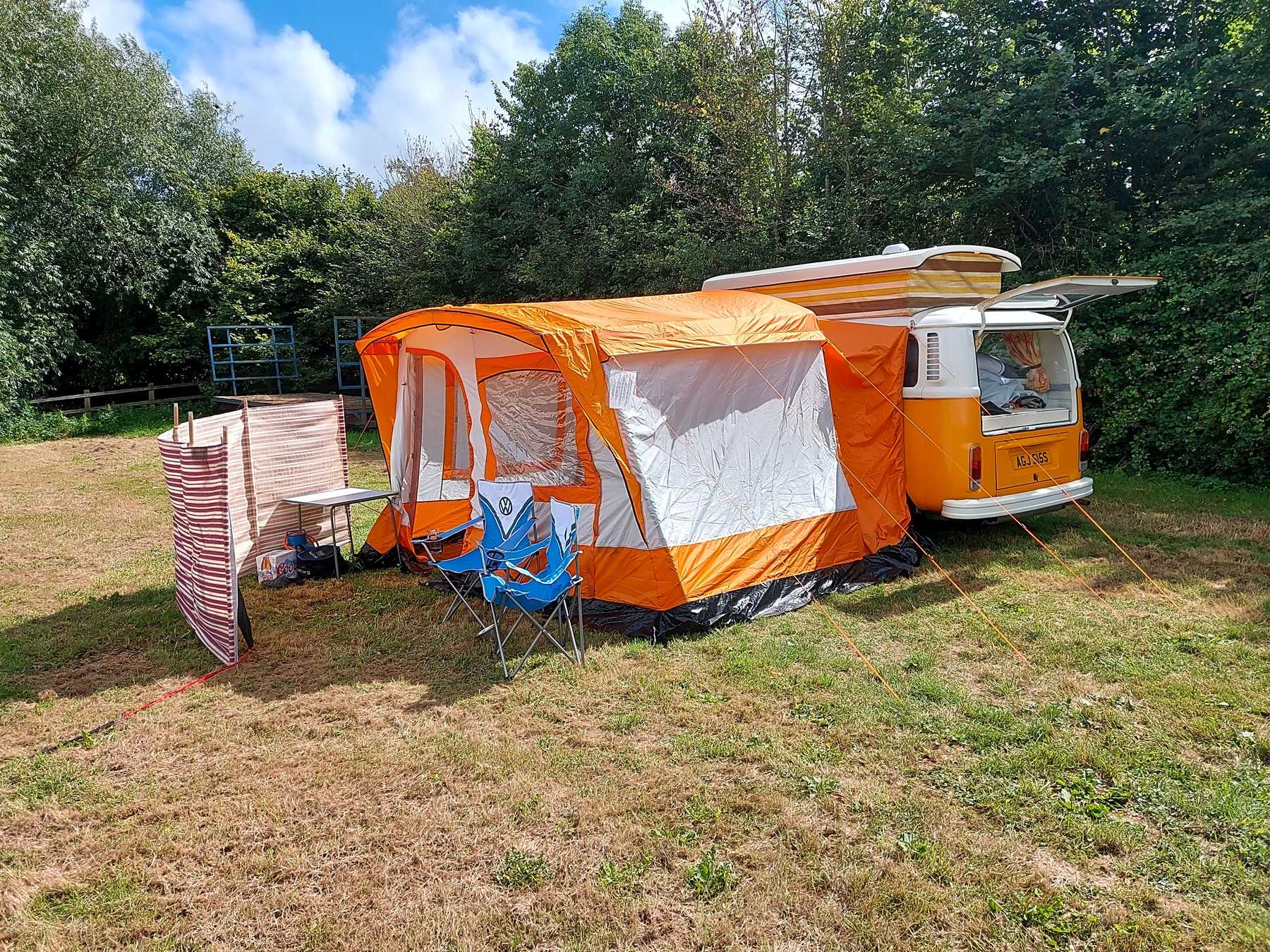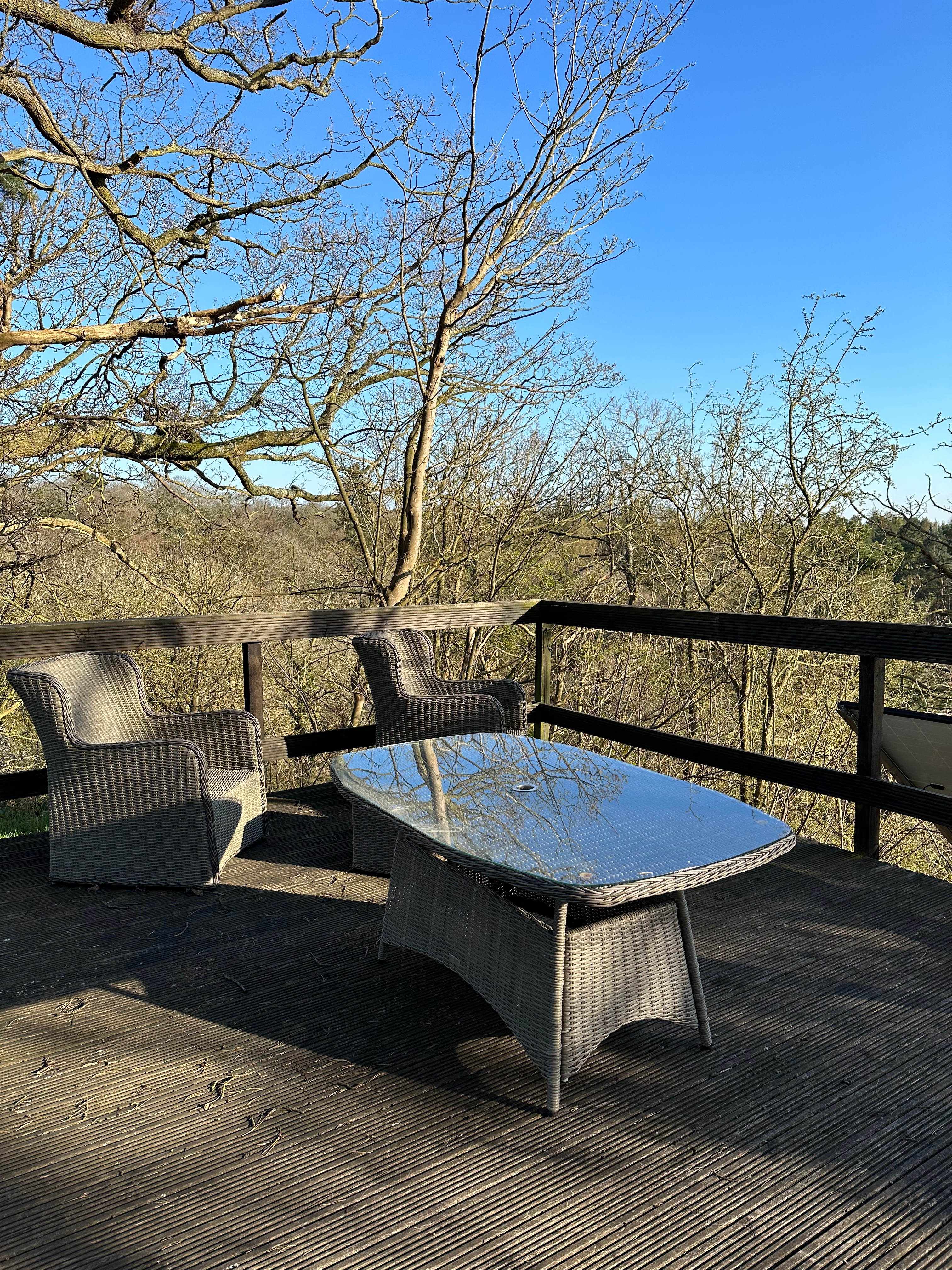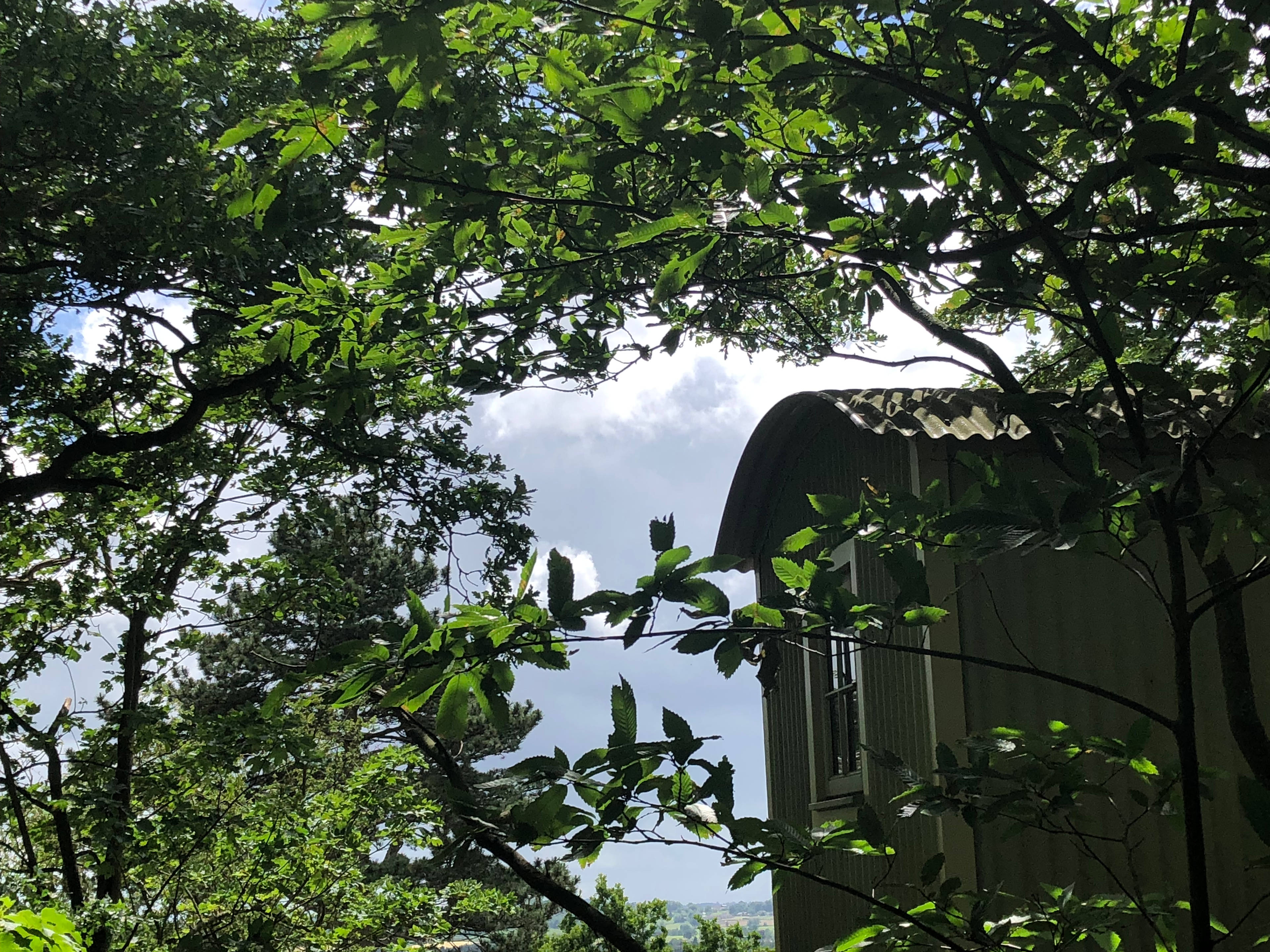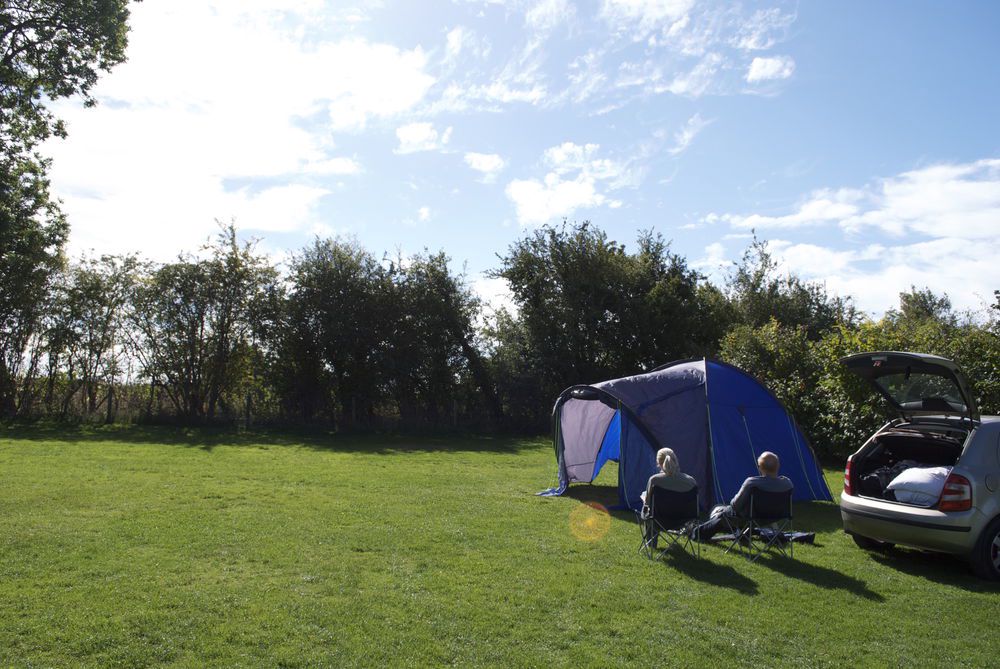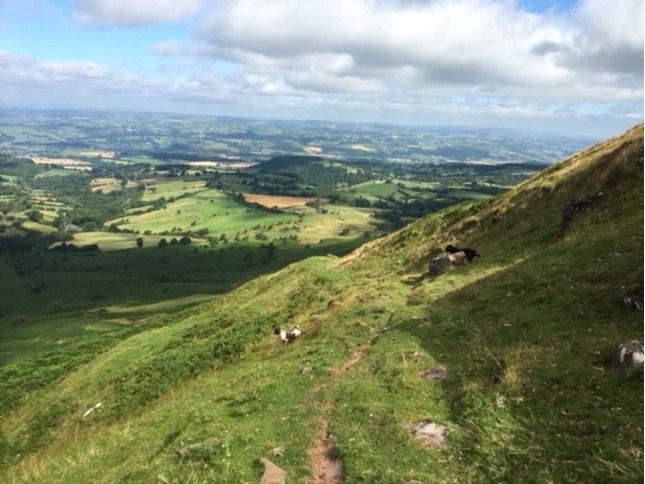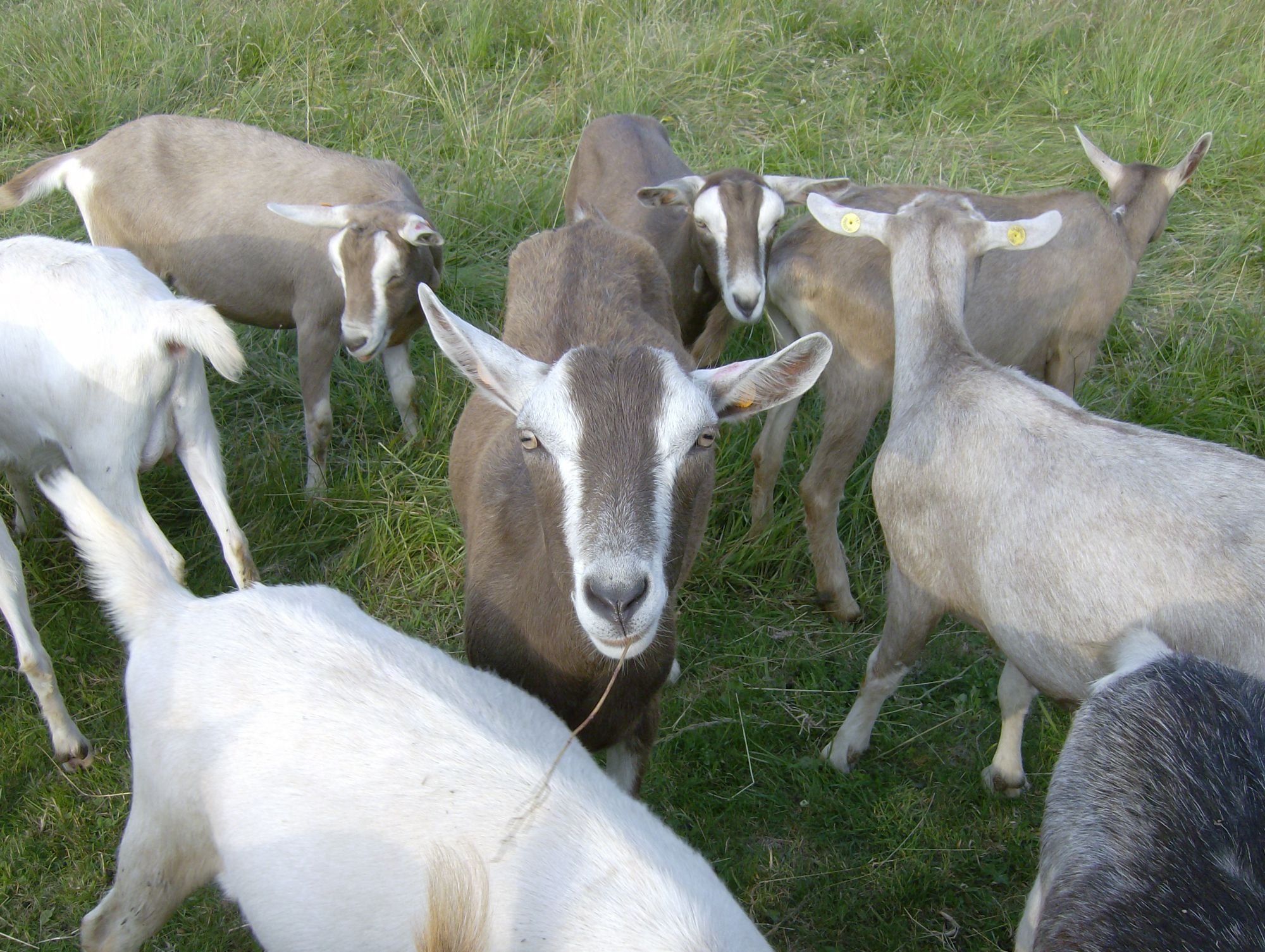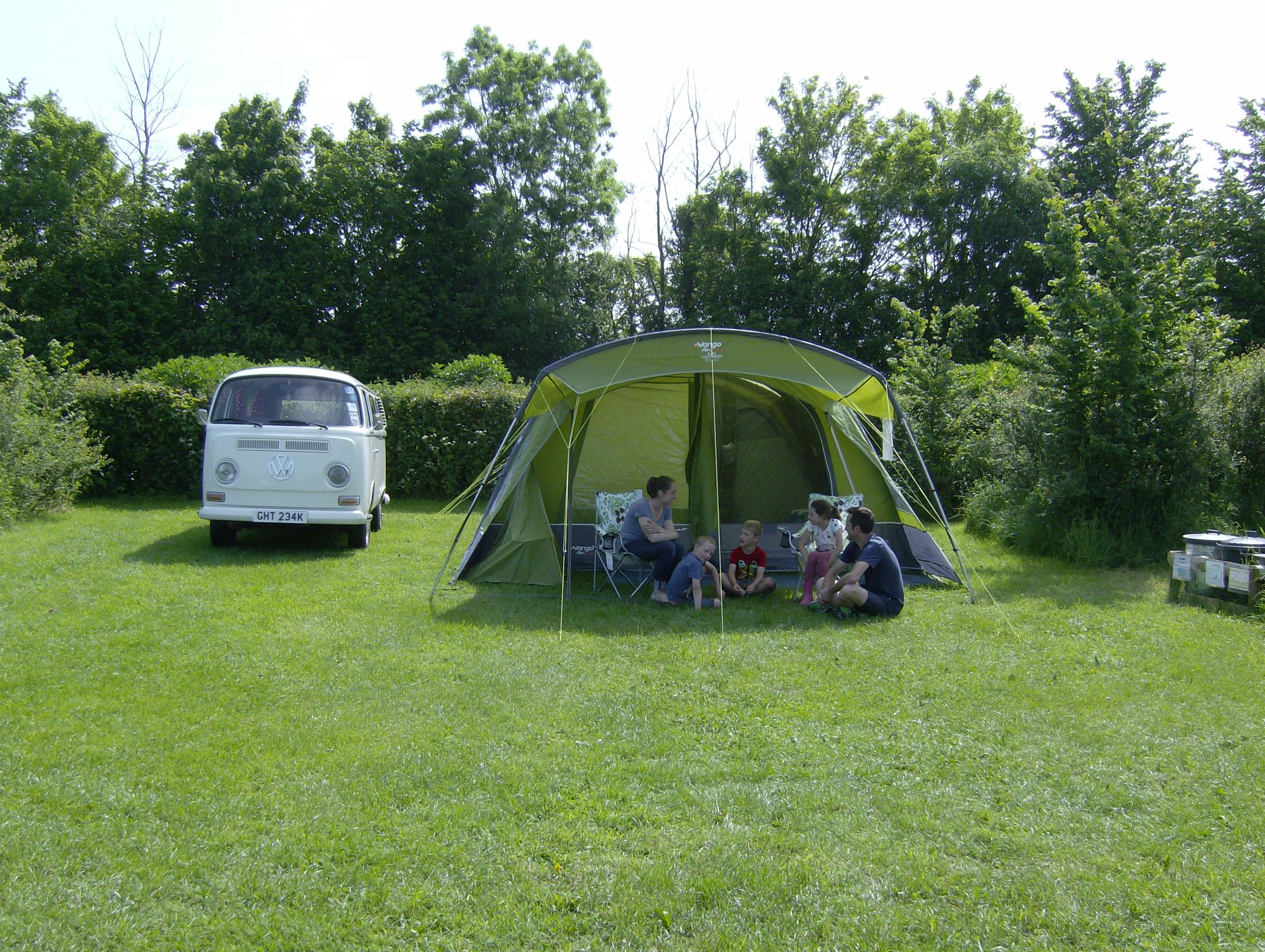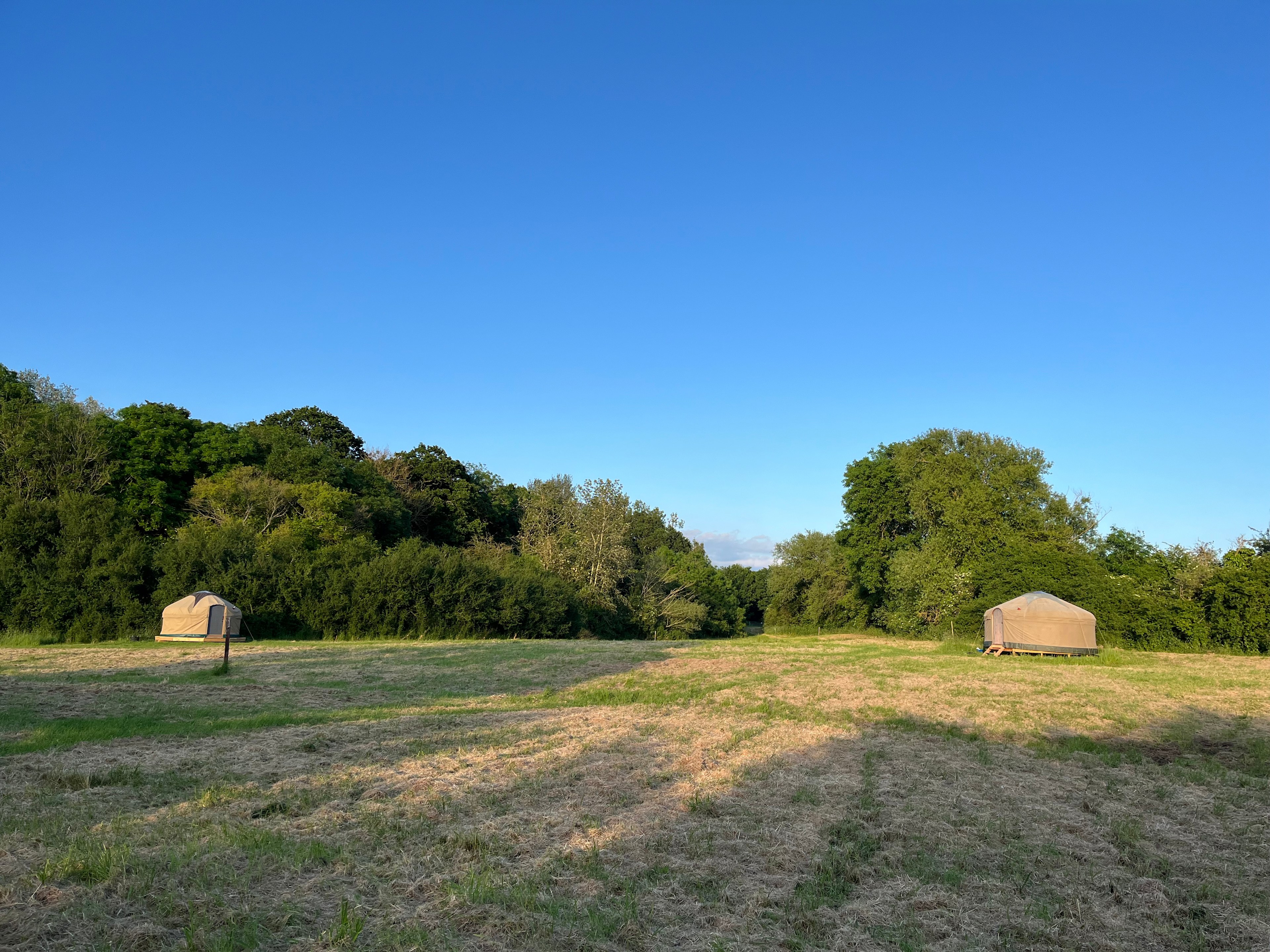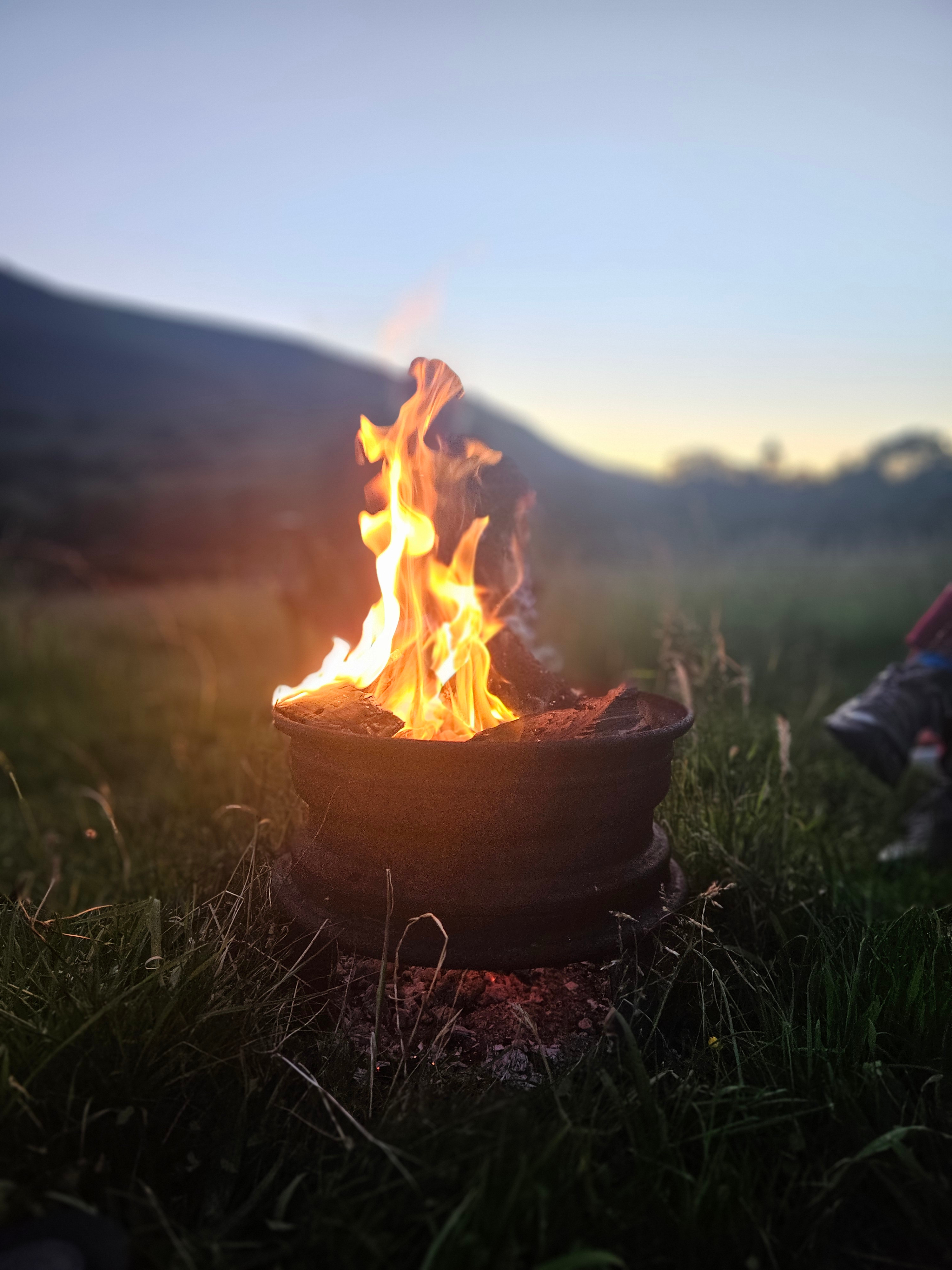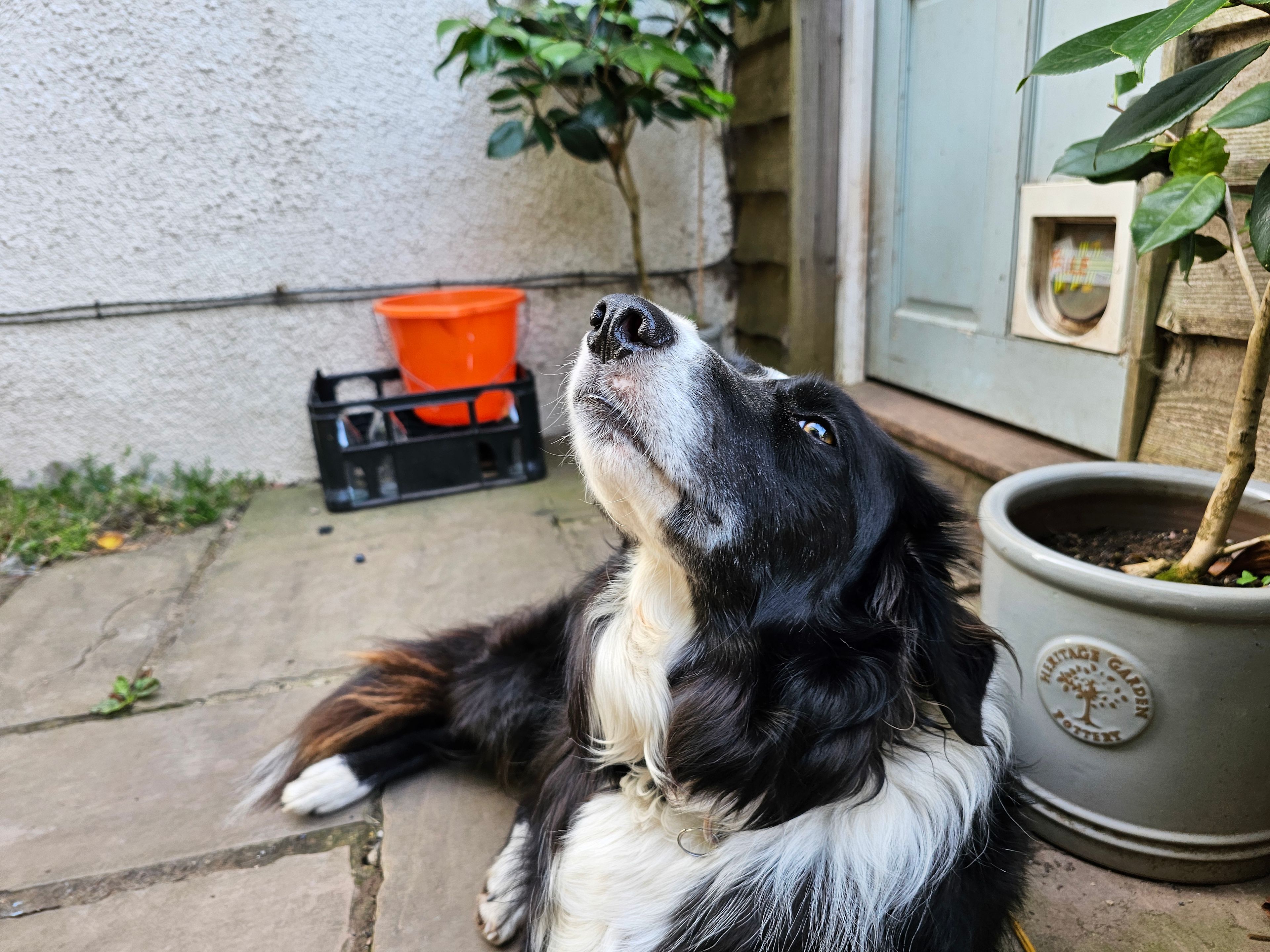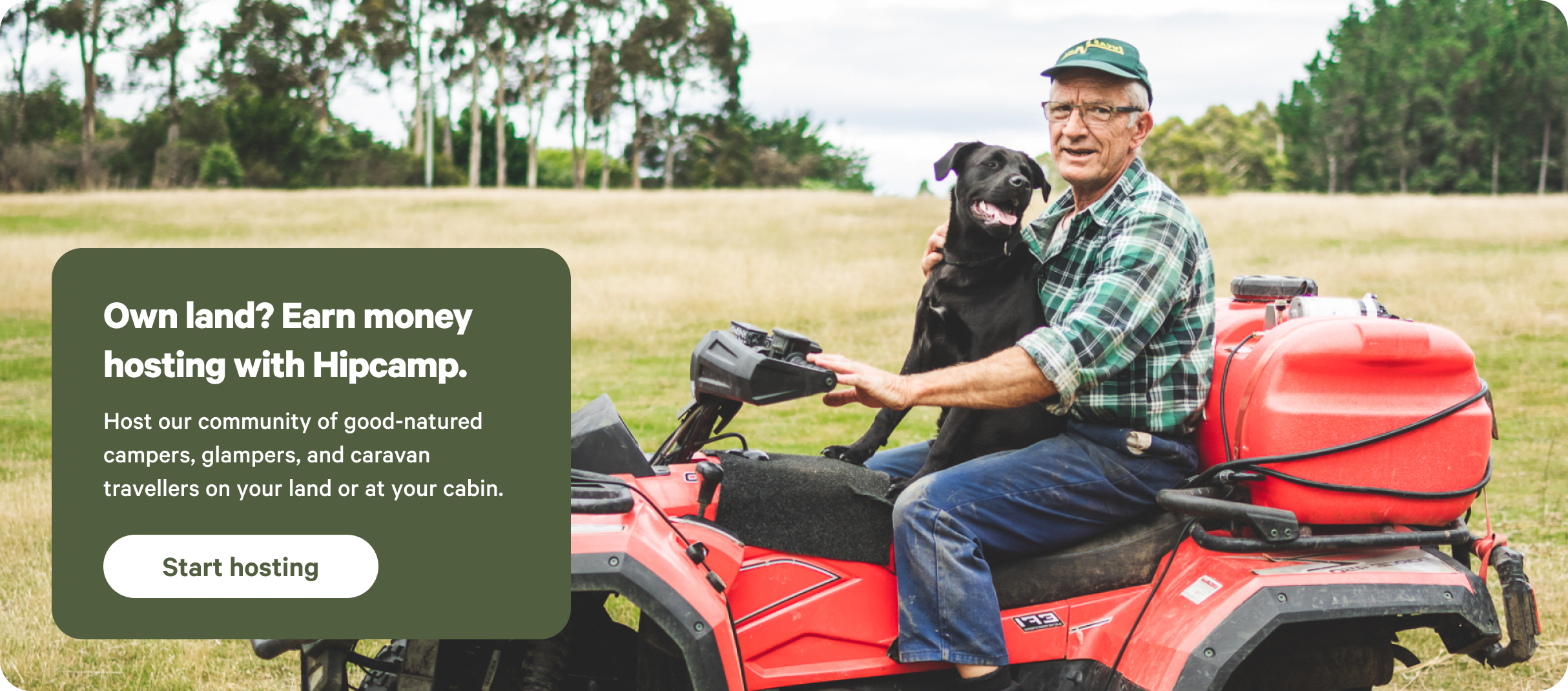Top-rated campgrounds near Wye Valley AONB
Top-rated campgrounds near Wye Valley AONB
Camper favorites in and near Wye Valley AONB
Top-rated campgrounds reviewed by the Hipcamp community.
Recent reviews from the Hipcamp community
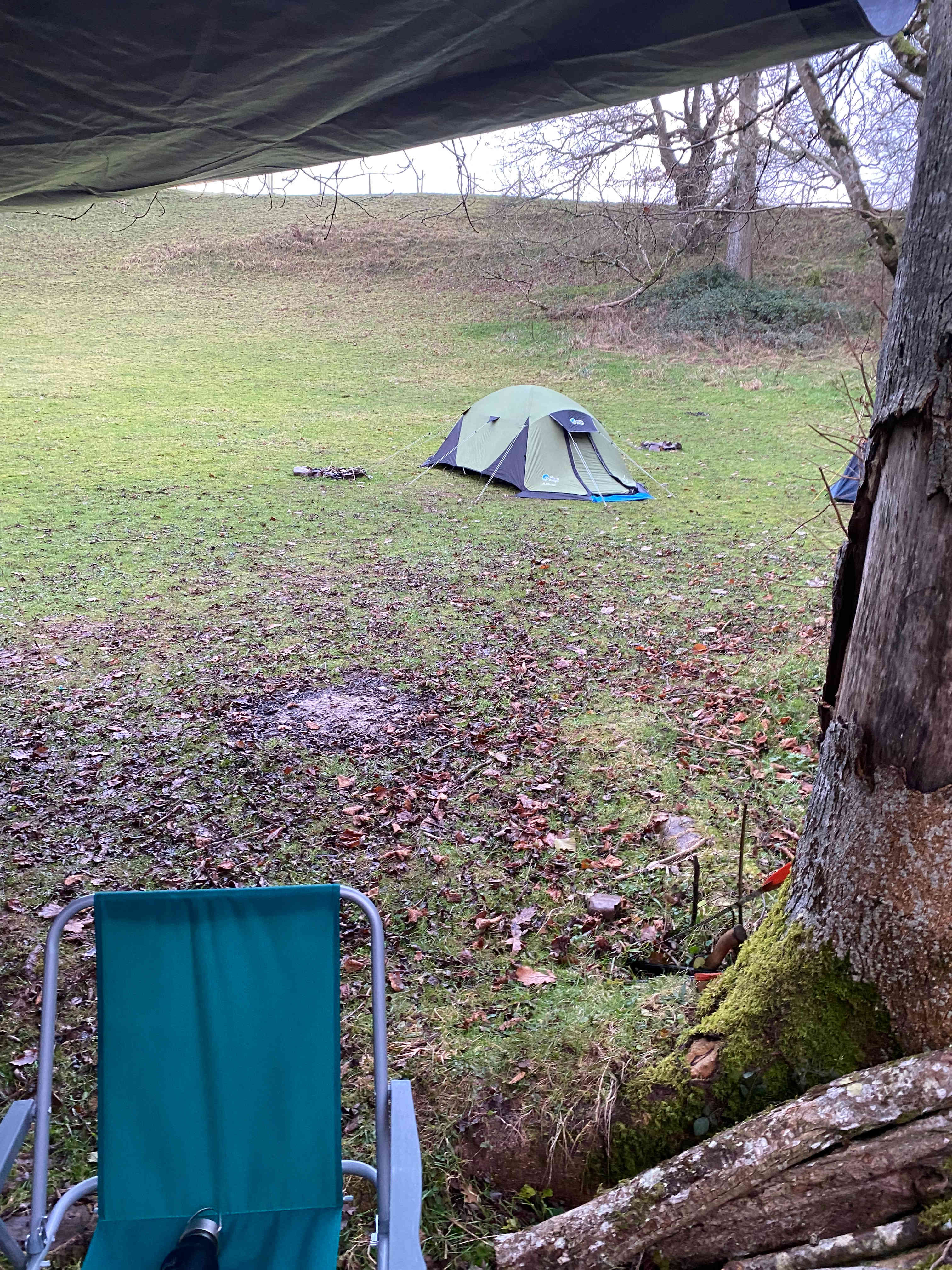

















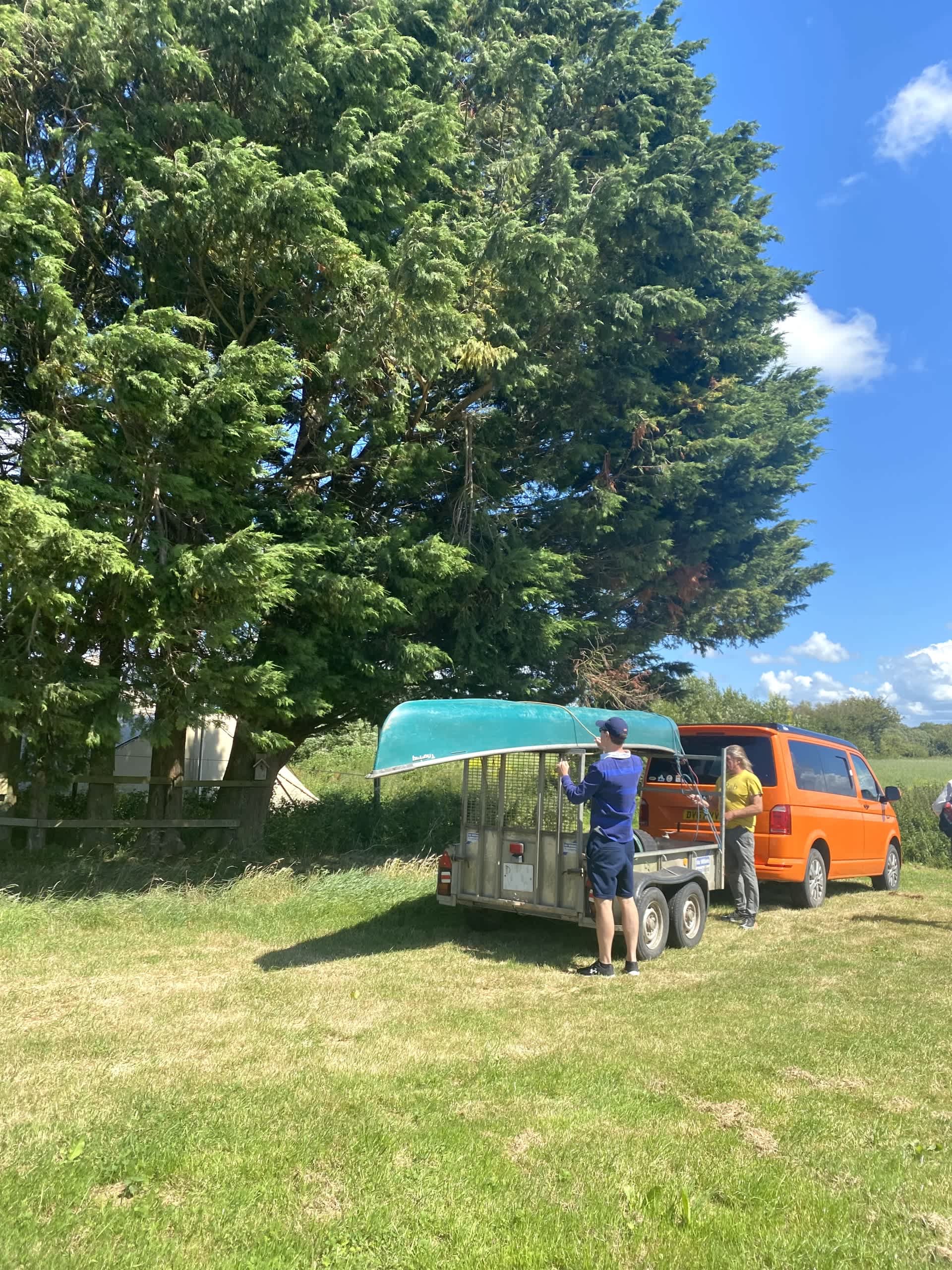
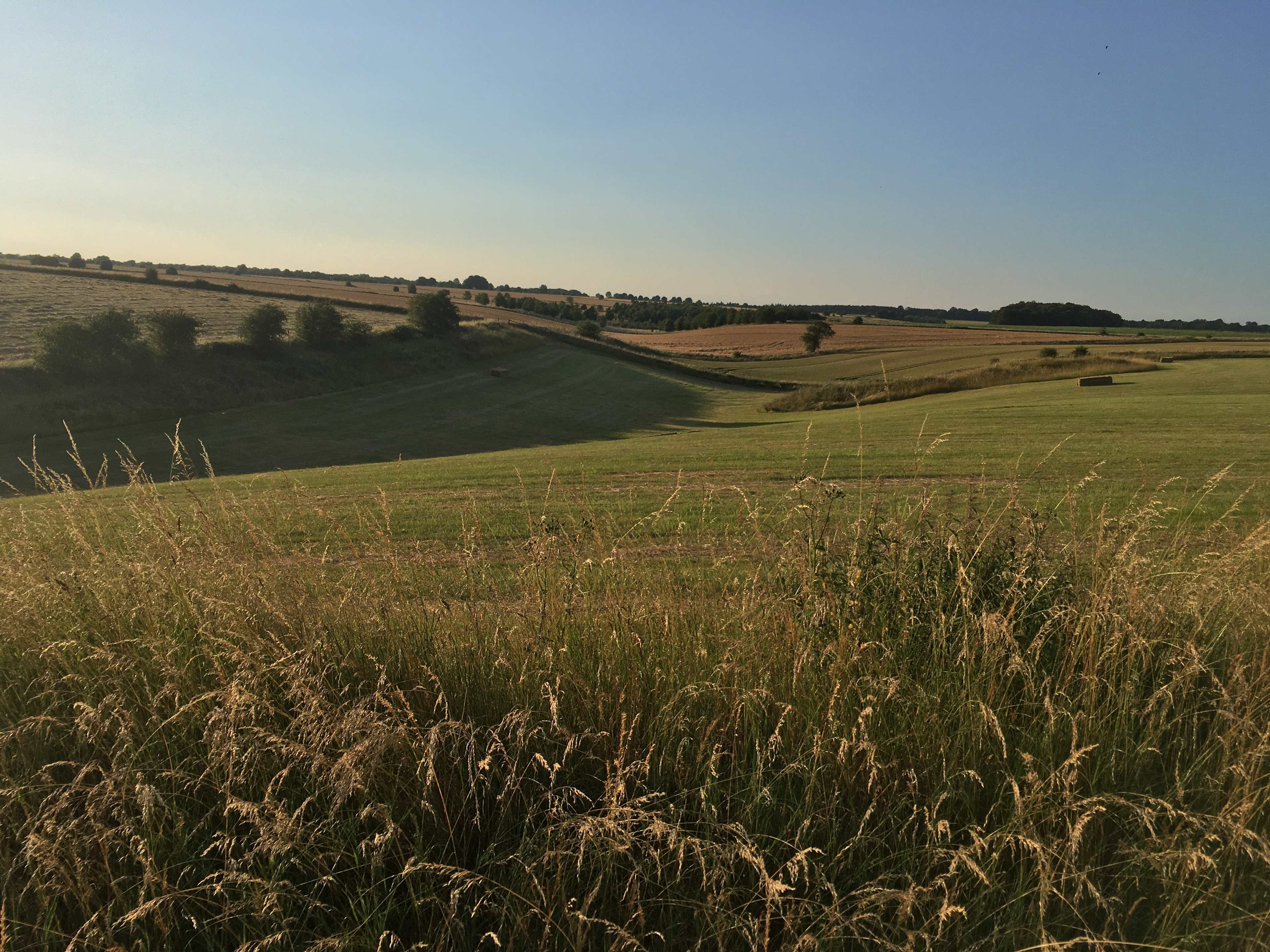
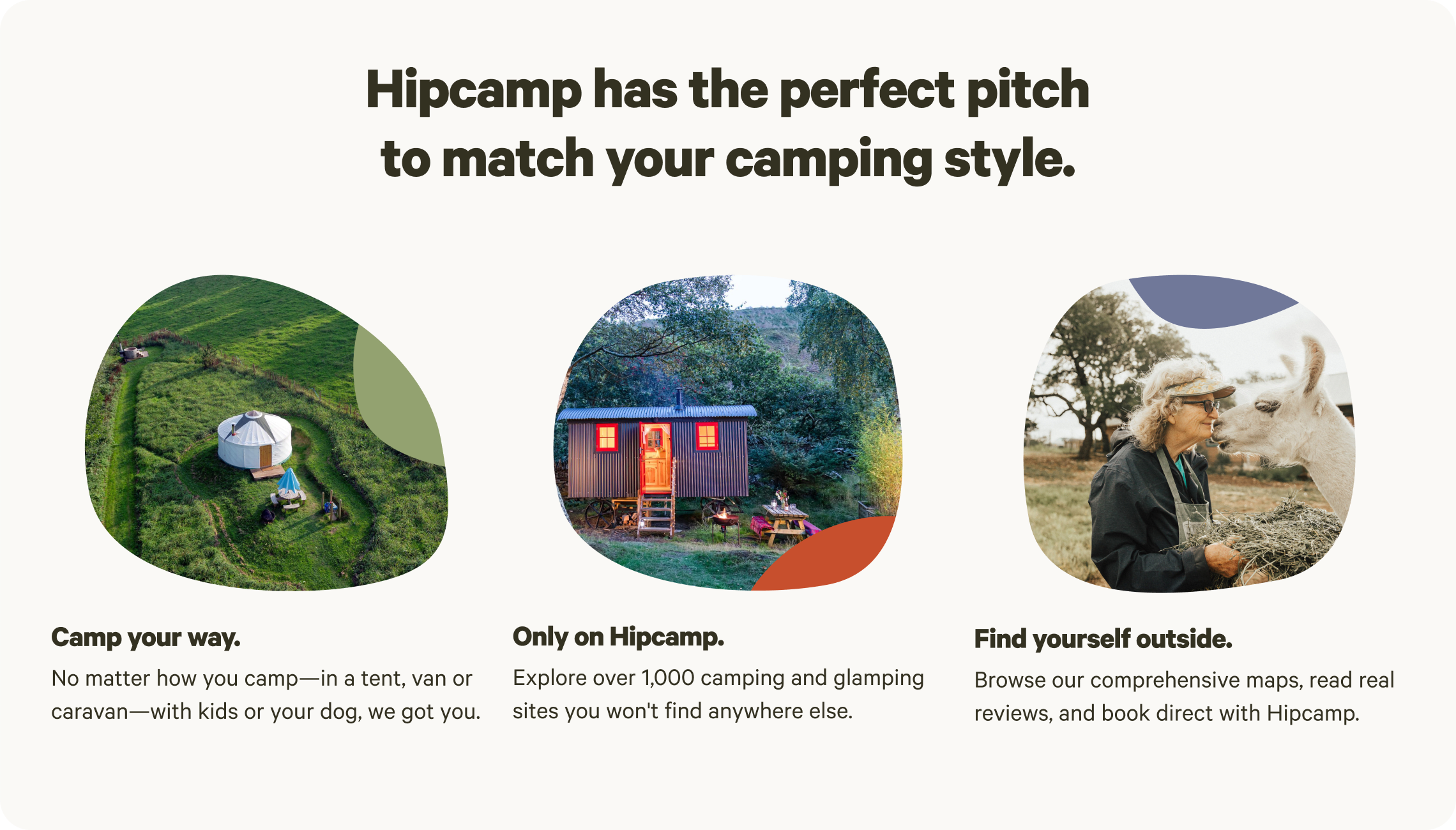

Camping in Wye Valley AONB guide
Where to go
North Wye Valley
Hereford and the Herefordshire Lowlands are the gateway to the northern part of the Wye Valley Area of Outstanding Natural Beauty, where the mosaic farmlands and forests provide opportunities to escape the crowds. Admire the views from the Hole in the Wall, sample the region’s famous cider, or explore the iron-age hill fort at Capler Camp. Hikers congregate in the valley’s only town Ross-on-Wye, which sits about a third of the way from the top of the AONB and has access to several walking and cycling trails, most notably the Wye Valley Walk.
Central Wye Valley
The stretch of river between Ross-on-Wye and the adventure capital of Symonds Yat is arguably the most scenic. Take to the water to canoe or stand-up paddleboard, stop for lunch at a country pub by the water, or visit the mediaeval Goodrich Castle, then pitch your tent at a riverside campsite. To the east, the Forest of Dean has miles of wooded trails for walkers and cyclists.
South Wye Valley
The southern Wye Valley, from Goodrich Castle to Chepstow, is home to some of its star attractions. Tintern Abbey and Chepstow Castle are both must-sees, while the Devil’s Pulpit lookout and Lower Wye Gorge afford far-reaching views. Campers can find plenty of choice around Chepstow, the starting point of two long-distance hikes: the Wales Coast Path and the Offa's Dyke trail.
Wales
The market town of Monmouth is a strategic basecamp for exploring beyond the Welsh borders. Foodies make a beeline for Abergavenny, known as Wales’ gastronomic capital, and crowds descend on its annual food festival. Further west, the rugged peaks of the Black Mountains mark the edge of the Brecon Beacons National Park, where hillside hikes and backcountry camping await.
Walking in the Wye Valley
Kayaking and canoeing undoubtedly offer a fantastic way to see the Wye Valley, but these borderlands are also incredible walking country.
- Stroll the river’s edge on a bit of the Wye Valley Walk, or dedicate two weeks to the whole route, camping along the way. This long-distance path follows the river from source to mouth, covering 136 miles and criss-crossing the border as it goes.
- A 177-mile national trail, Offa’s Dyke Path follows the border along the route of Anglo-Saxon earthworks. It’s a 2-week challenge to conquer the whole route, but if camping in the area, just pull on your boots and choose a section for a day on the trail.
- Both the Wye Valley Walk and Offa’s Dyke meet in Chepstow, along even more long-distance paths like the Gloucestershire Way, Monmouthshire Way, and Wysis Way. In fact, Chepstow has its own walking festival, sealing its status as the Wye Valley walking hub.
- Further afield, there are almost unlimited walking trails in the Forest of Dean, including a sculpture trail for added interest.
Family-friendly camping in the Wye Valley
If you’re looking for a family-friendly holiday, camping in the Wye Valley ticks all the boxes. Camping in such a rich natural area offers the chance for kids to get stuck into wholesome activities like bug hunting, wildlife watching, den building, and tree climbing. The valley’s kayaking, canoeing, and climbing opportunities also appeal to families with teenagers as well as tots. In addition to all this, you’ll find kid-friendly sites throughout the region, many with facilities and activities designed with little ones in mind, from steam trains to high-ropes courses.
Popular towns in the Wye Valley
The Wye Valley’s big attraction is that there are no big attractions (at least, not man-made ones) and no big cities. Nature is the star of the show. With this, campers can spend days walking, cycling, canoeing, and kayaking to discover the area. But the valley’s picturesque villages and market towns are perfect for stocking up on supplies and finding rainy day activities.
- Calling in to Symonds Yat on the Yat Gorge is almost a must, as the village links the Wye Valley with the Royal Forest of Dean and has a reputation for all things related to the great outdoors.
- The only market town within the AONB, Ross-on-Wye is set high above the river with a 700-year-old church and mediaeval half-timbered buildings. Goodrich Castle isn’t far either, and one of the best-preserved mediaeval castles in England.
- The village of Tintern is another popular destination thanks to the ruined Cistercian Tintern Abbey, founded in 1131.
- Outside of the AONB but still on the river’s edge, the book-town of Hay-on-Wye is world-famous for its bookshops and Hay Festival of arts and literature in late May and early June.
- With rural beauty all around, it might seem a shame to head into the city, but Hereford is pretty small and worth a stop for its mediaeval history and famous Mappa Mundi, Europe’s largest mediaeval map.
Top things to do in the Wye Valley
- Kayak, canoe, or raft through the Lower Wye gorge.
- Take a walk to see the scenery. Try a portion of the 177-mile Offa’s Dyke Path or the Wye Valley Way.
- Go climbing. Experienced climbers can give Symonds Yat Rock a go, while beginners can join a guide or head for a high-rope adventure in the Forest of Dean.
- Find a spot on the border where you can stand with one foot in England and one foot in Wales.
- Pick up some holiday reading from a bookshop in Hay-on-Wye.
- Go bat watching! The Wye Valley is internationally important for its bats, especially the rare lesser horseshoe bat.
- Pop in to Hereford Cathedral to see Europe’s largest mediaeval map, the Mappa Mundi.
- Enjoy a BBQ or campfire meal using local produce. A Hereford beef burger and Wye Valley beer, anyone?
